Trump's biggest project has just had its funding stopped
The US-Mexico border wall and other controversial projects
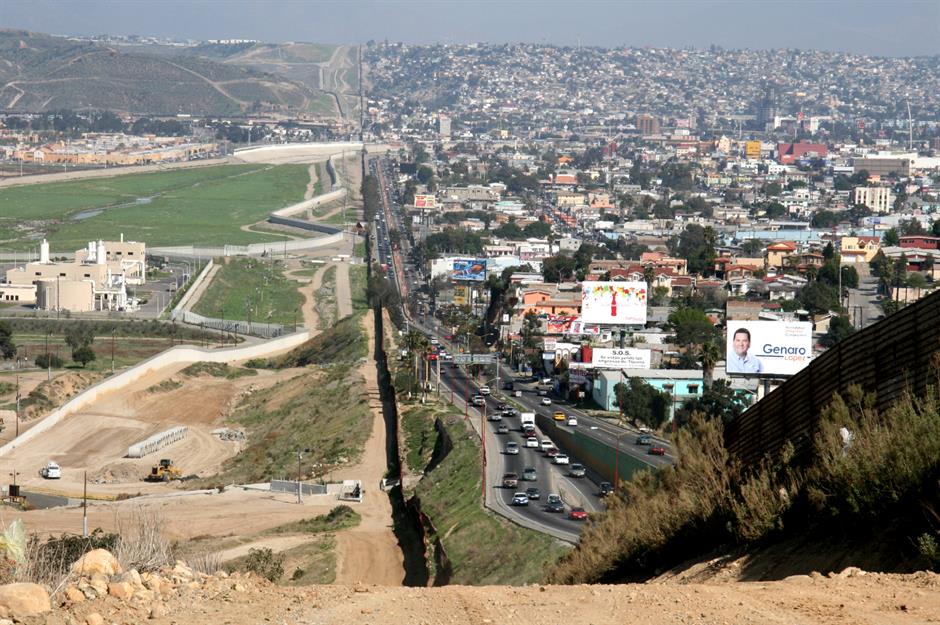
A boundary between the US and Mexico has existed since 1853, but really became controversial following the election of Donald Trump in 2016. Various administrations had already installed 654 miles of fences and barriers, but Trump promised to build a wall that would reach 1,000 miles in length during his time in office as part of his stringent anti-immigration policy. The former president said the project would cost between $8 billion and $12 billion and insisted that Mexico would be the ones to foot the bill.
The project was not only overbudget, but the $15 billion eventually spent on construction was financed by funds taken from US counter-drug budgets and military construction funding. Mexico did not contribute a single dollar to the work. As of January 2021, the Trump administration had installed 452 miles of wall, but only 47 miles of that stretch were built from scratch – the rest was reconstruction of previously existing barriers.
President Biden will not be picking up from where the Trump administration left off, having promised not to construct “another foot” of the wall while in office, although he has said he will not deconstruct any part of the existing wall. This pledge will make him the first president since George H. W. Bush not to add to the barrier and will leave this controversial US megaproject incomplete for at least another four years.
Now click or scroll through some other infamous big-budget projects that divided opinion.
St Francis Dam, US
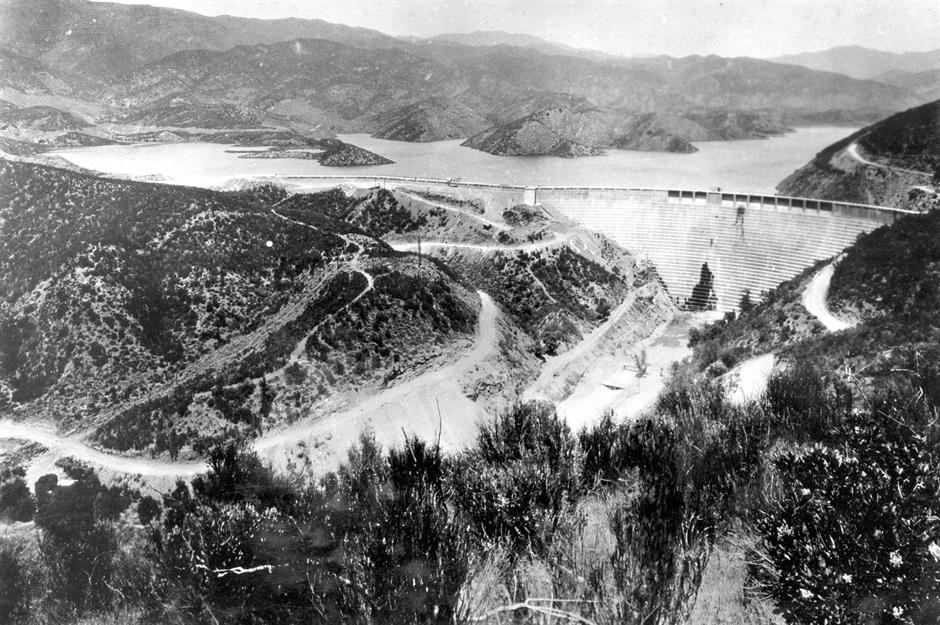
St Francis Dam, US
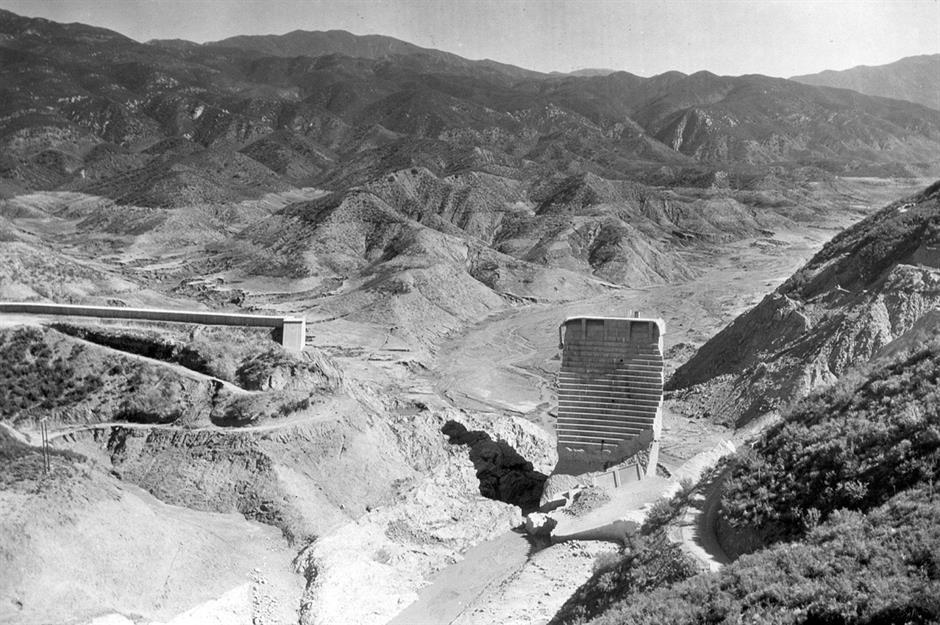
Montreal Olympic Stadium, Canada
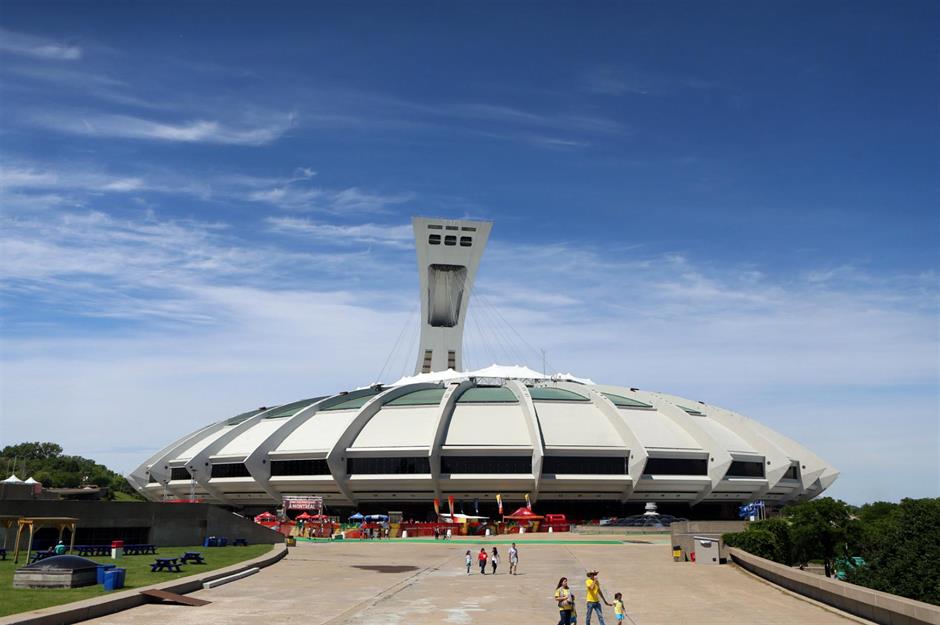
Montreal’s ‘Big O’ stadium was quickly renamed the ‘Big Owe’ due to the building coming in at 13 times the original cost estimate. There was a manic scramble to get it finished in time for the Games on 17 July 1976, with 3,000 staff working 24 hours a day in the final months, and even then it wasn't quite finished in time. Construction workers still finishing up reportedly got in the way of the first athletes coming into the stadium for the opening ceremony.
Montreal Olympic Stadium, Canada
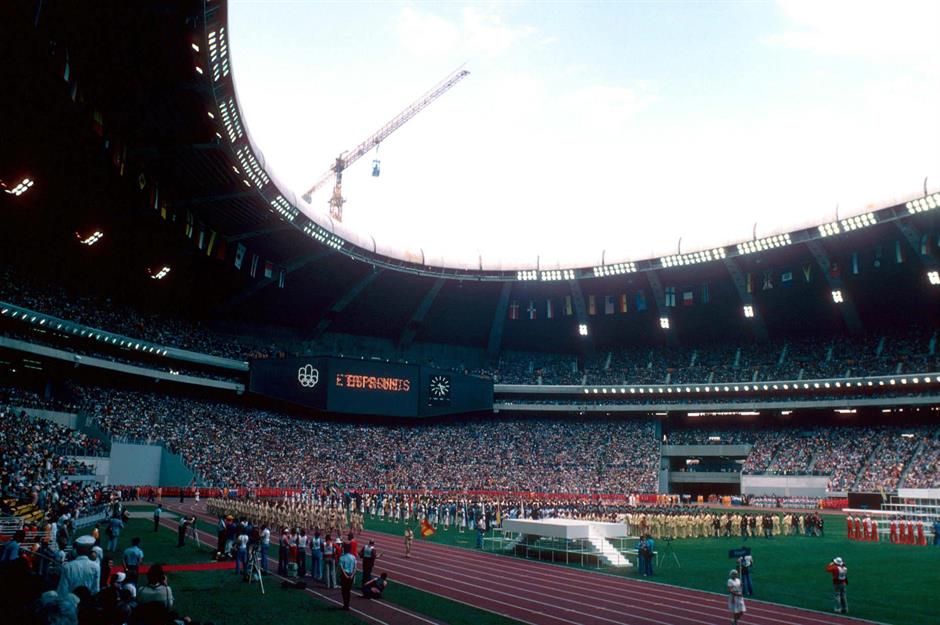
Hubble Space Telescope, Space
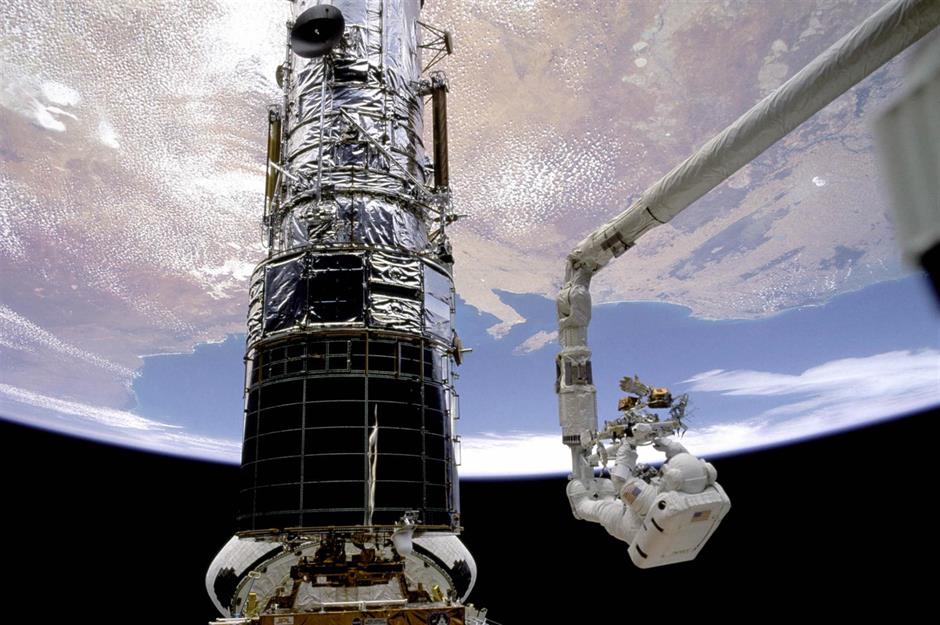
In 1990 the legendary Hubble Space Telescope was launched into orbit, 353 miles above Earth. At the time, the BBC reported how the Hubble would provoke “a drastic revision of the shapes, sizes and content of galaxies” – having already drastically revised its budget and deadline for launch. The Hubble took 20 years to build, which was at least seven years longer than planned. Plus, it cost three times the original estimate, coming in at $1.5 billion at the time, which is the equivalent of $2.9 billion in today's money.
Hubble Space Telescope, Space
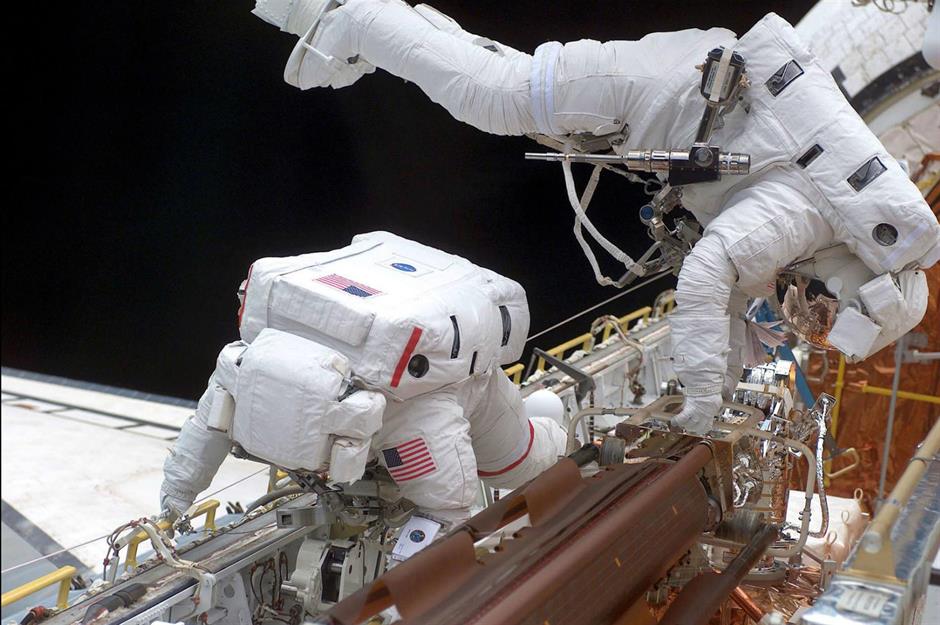
Despite the cost, technical problems materialized even after the launch, including the malfunctioning of the solar panels that powered the telescope and flaws in the mirrors that help produce images. This year NASA is due to launch the Hubble's successor: a new and improved, long-distance, high-resolution space telescope called the James Webb Space Telescope. However, the project is already following in its predecessor’s footsteps. After being announced in 1996, it was set to launch in 2007 at a cost of $1 billion. The cost has since mushroomed to $8.8 billion, and its new launch date was meant to be March 2021. But that's already been pushed to October 2021 as a result of the coronavirus pandemic.
Denver International Airport, US
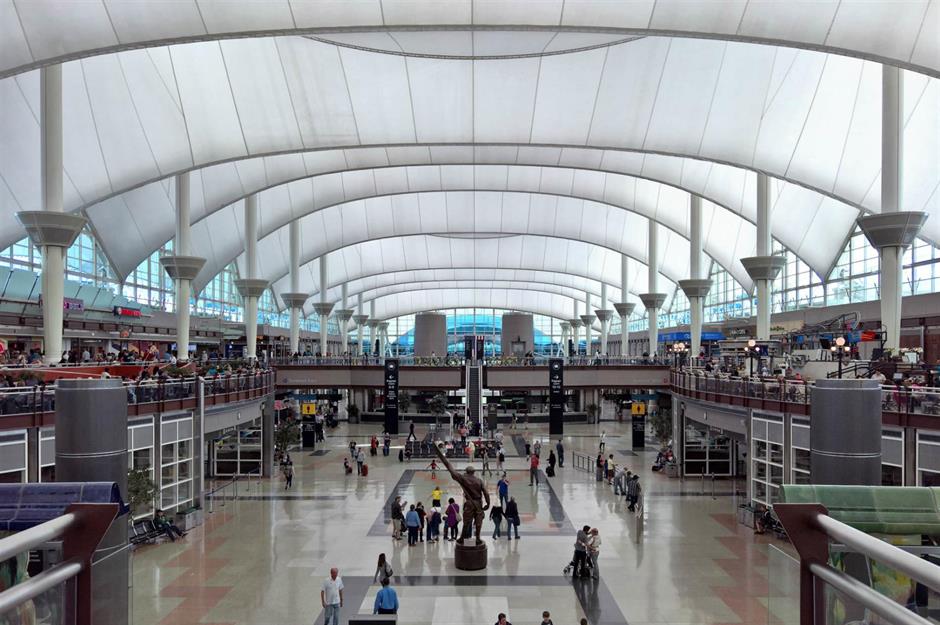
When Denver’s new airport was finally complete, 16 months late, in 1995 it was hailed as an economic catalyst by advocates and a legally dubious, colossal waste of money by critics. The New York Times reported that the project had cost $4.9 billion by its completion, equivalent to $8.2 billion in today's money. This made it three times overbudget, which led to the project's own financers filing suits.
Denver International Airport, US

Multiple setbacks to planning and construction were responsible for the enormous overspends. Perhaps the single most costly failure was, ironically, the airport’s key selling point – an ultra-modern, fully-automated baggage system. It initially malfunctioned and shredded bags, costing more than $100 million – equivalent to $397 million today – to get into working order. Since then, the airport has been the subject of a host of conspiracy theories, from the hypothesis that markings on the airport floor are satanic symbols, to the idea that its underground bunkers might be a secret lair.
Interstate H-3, US
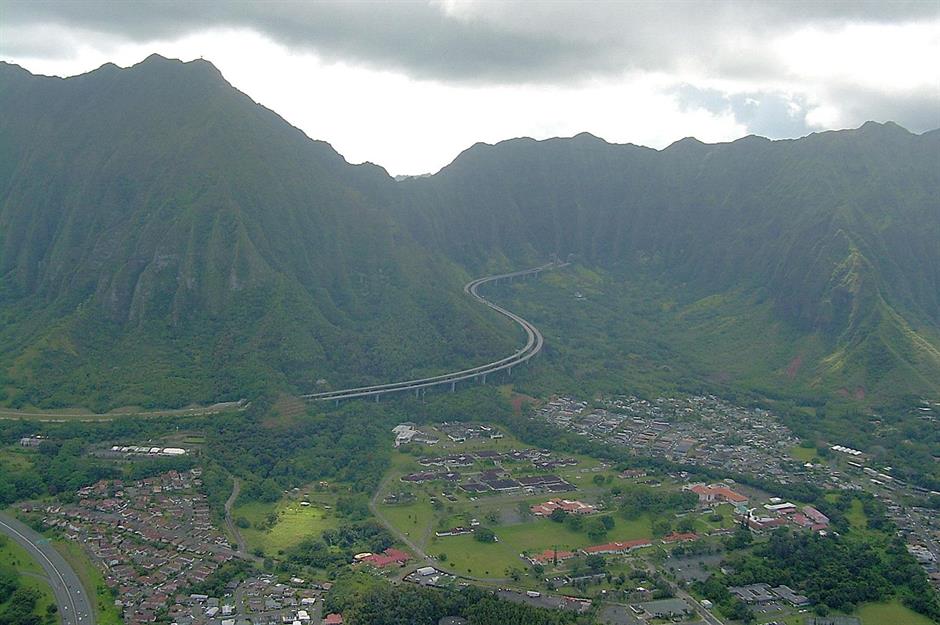
Interstate H-3, US

The megaproject didn't commence until the late 1980s with protests, environmental complaints and legal challenges significantly delaying its completion. Costing a budget-busting $1.3 billion, which is equivalent to $2 billion today, the highway eventually opened in 1997, but to this day local opposition remains strong and many Native Hawaiians refuse to use it as they believe it's cursed. The 15-mile freeway was shut for several days in September as the stretch was transformed into a mass testing site for COVID-19, but even this was controversial as local highway authorities objected to the road being used for this purpose.
Superconducting Supercollider, US
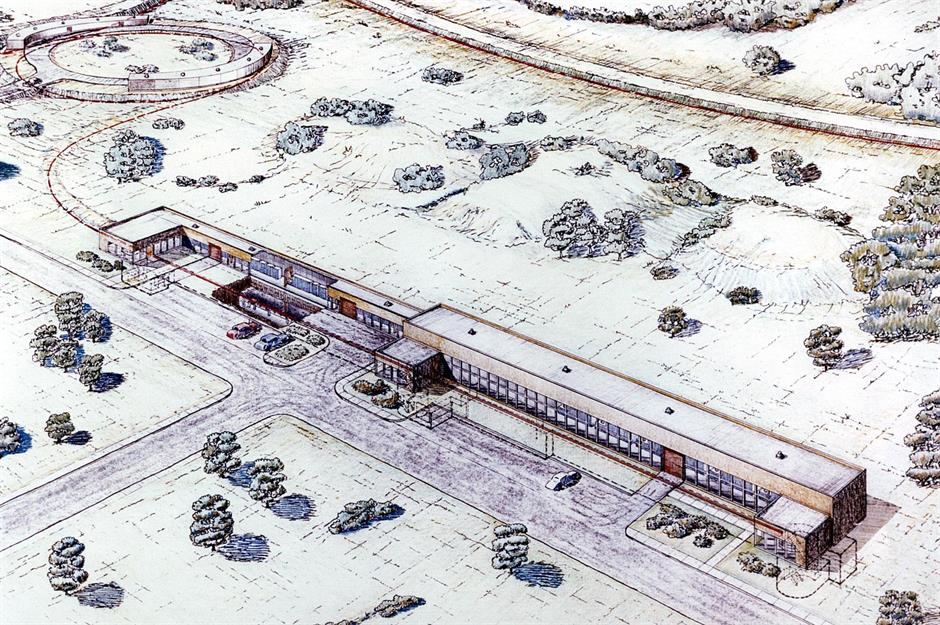
Superconducting Supercollider, US
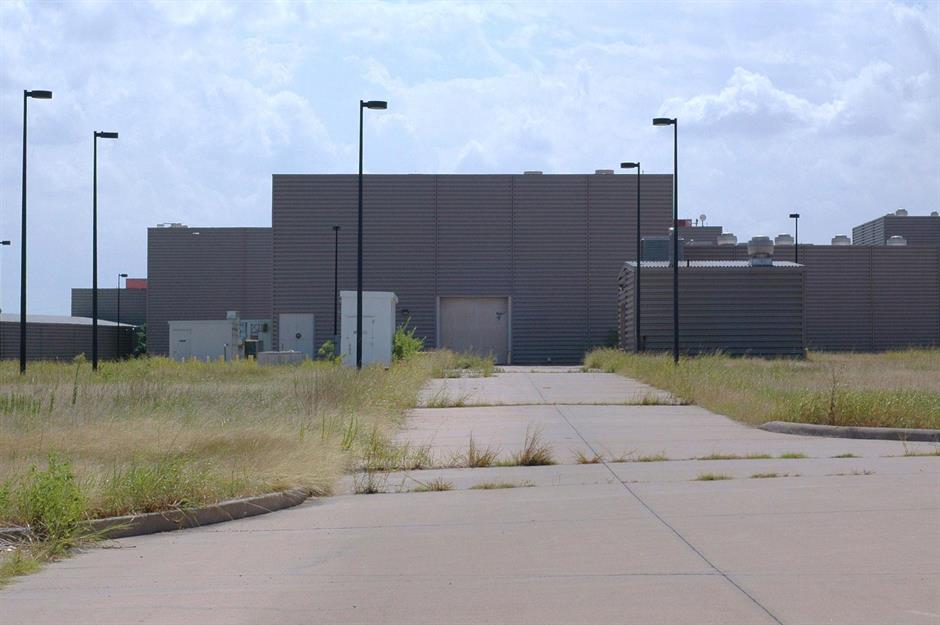
Big Dig, US
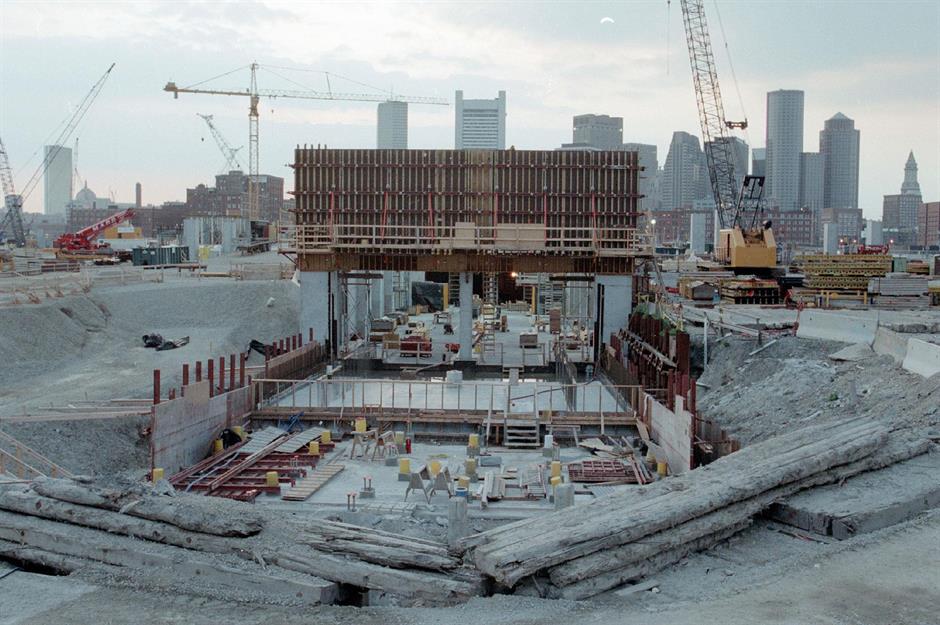
Big Dig, US
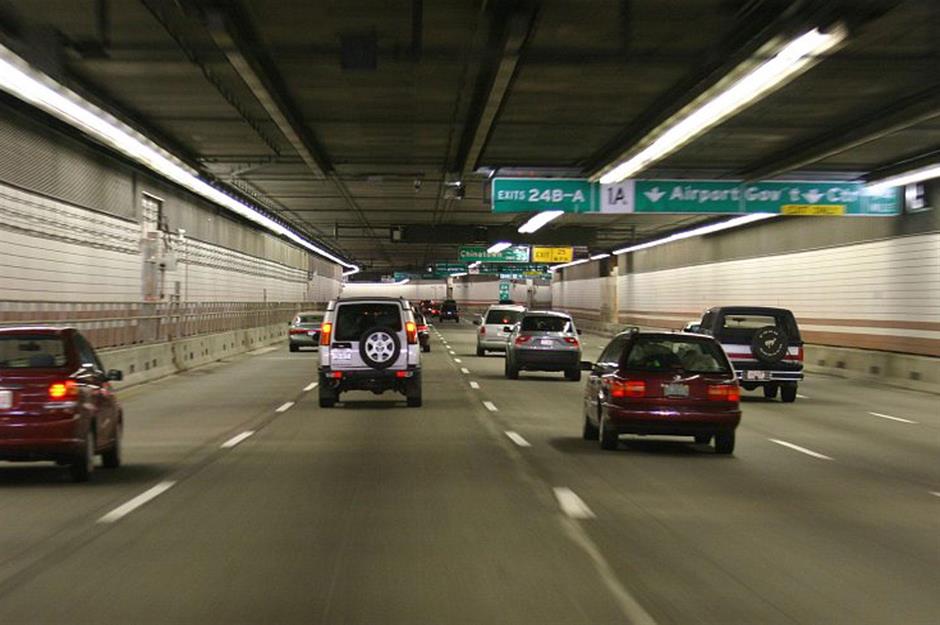
Hallandsås Rail Tunnel, Sweden
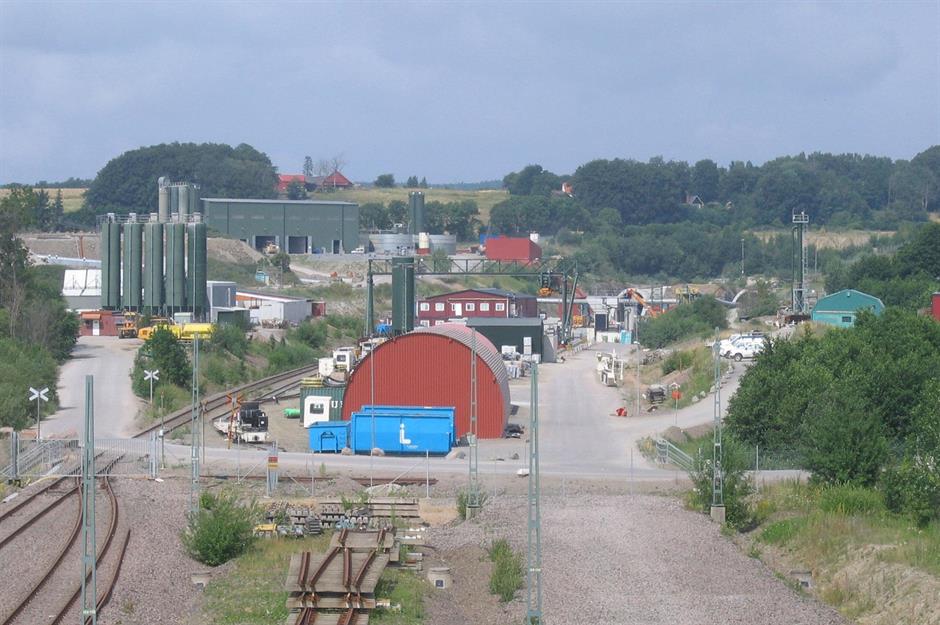
Hallandsås Rail Tunnel, Sweden
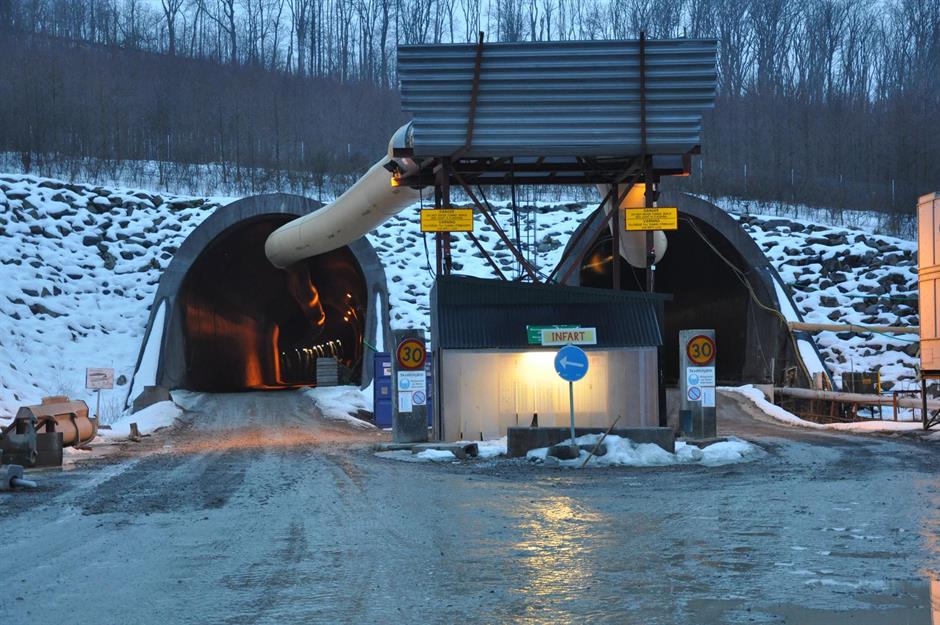
Yangtze River Three Gorges Dam, China
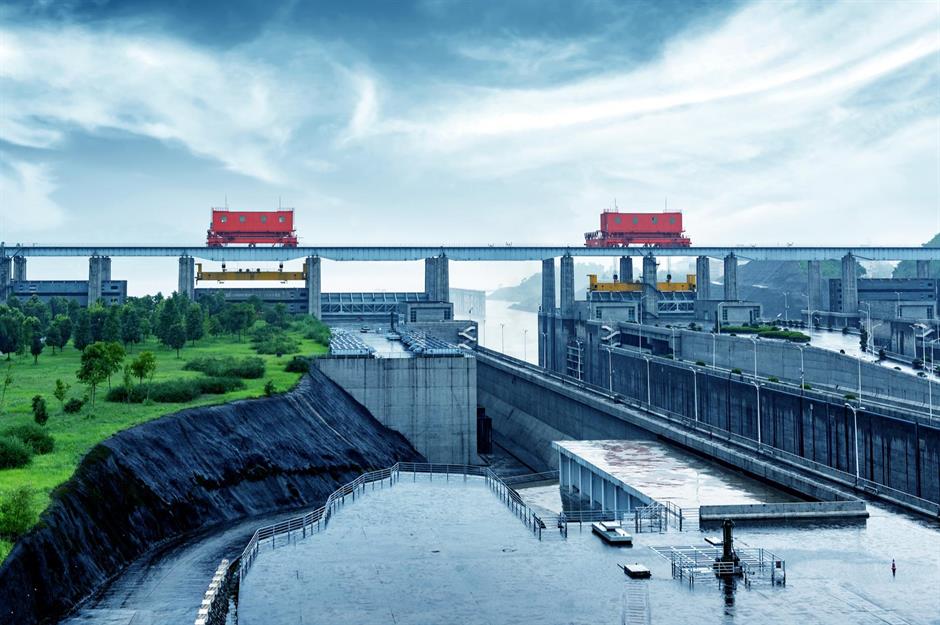
A project that’s been mired in controversy from the get-go, the idea for the Three Gorges Dam on the Yangtze River, China, was proposed in 1919 by politician Sun Yat-Sen. But it wasn’t until the mid-1950s that the idea was given serious attention, and due to the Chinese civil war building work didn’t start until 1994. The largest hydroelectric power plant in the world, it was built by 40,000 workers over the course of 12 years. The dam was the subject of social media rumours last year, with images circulating that showed the dam apparently at risk of collapse and cities overcome with flooding, but officials denied the claims.
Yangtze River Three Gorges Dam, China
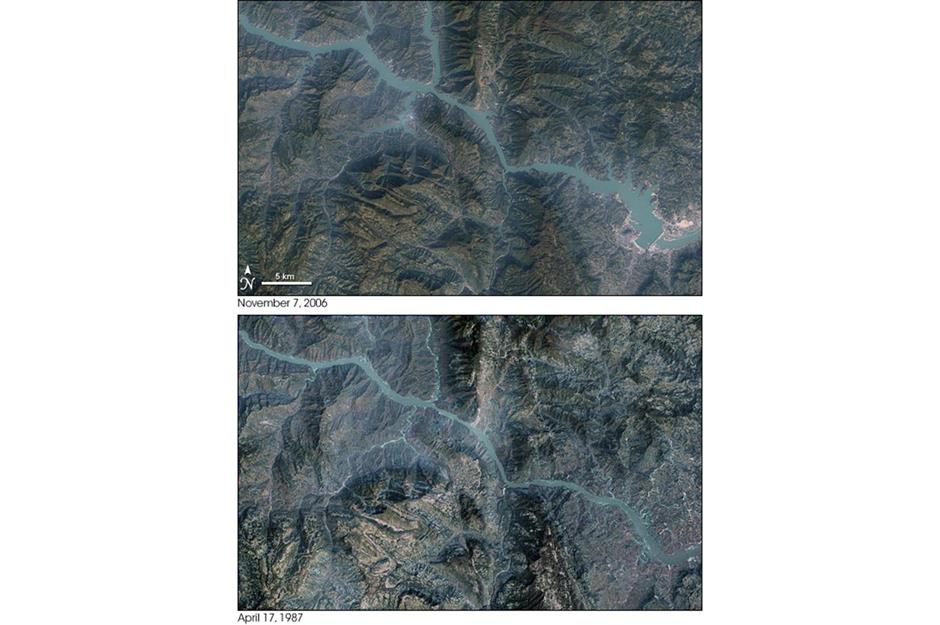
Scottish Parliament Building, UK
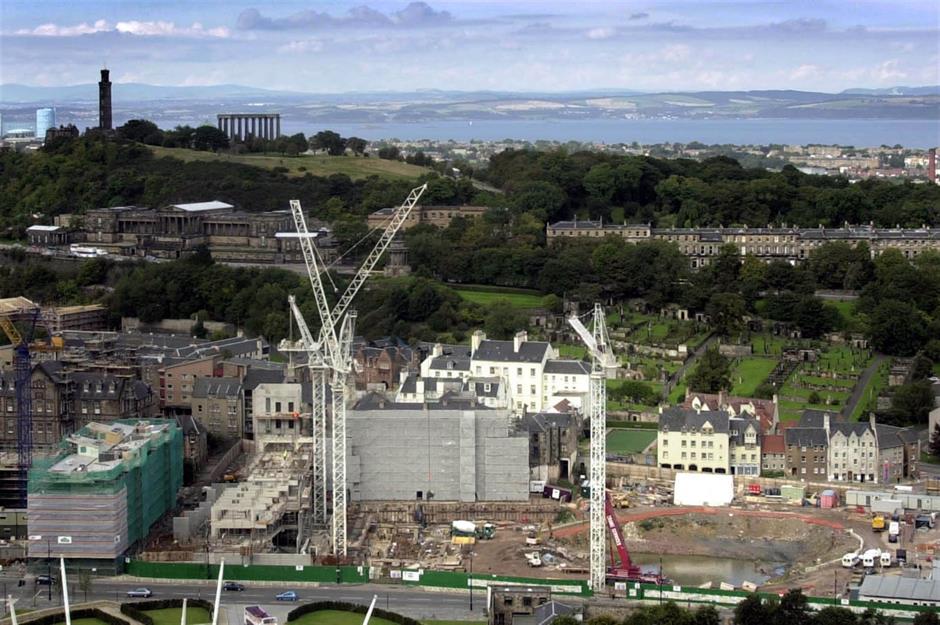
Scottish Parliament Building, UK
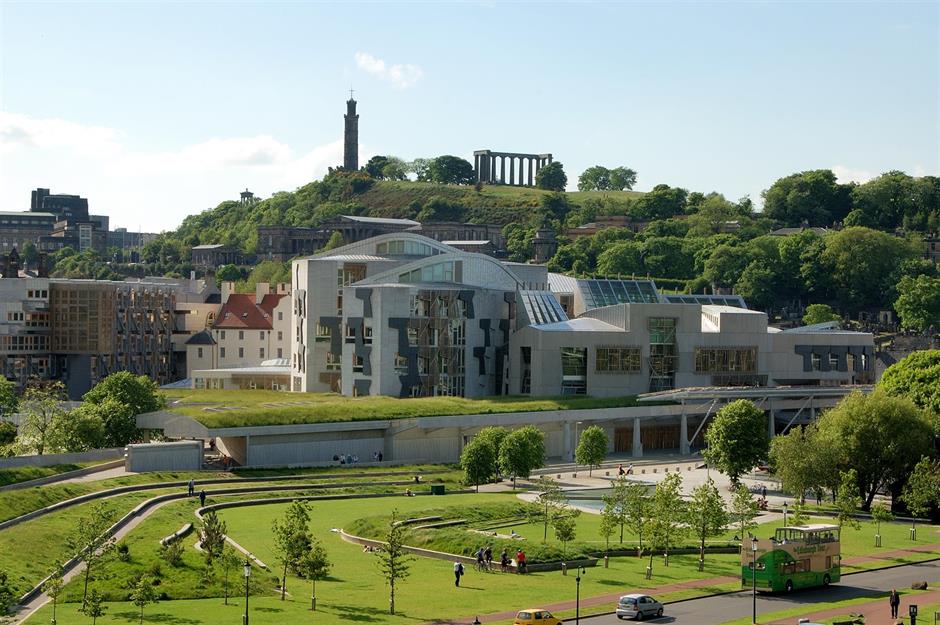
Designed by Spanish architect Enric Miralles, the project was rife with controversy. Lord Fraser of Carmyllie, a prominent Scottish politician, launched a public inquiry into the construction in 2004. His conclusions were that the handling of construction, by everyone from consultants to contractors and members of the Scottish parliament, ought to have been better managed in order to avoid the massive costs and delays. Despite criticisms, the unusual building has attracted critical acclaim for its architecture, and it was awarded the 2005 Stirling Prize for the best building in the UK.
Ciudad Real Central Airport, Spain
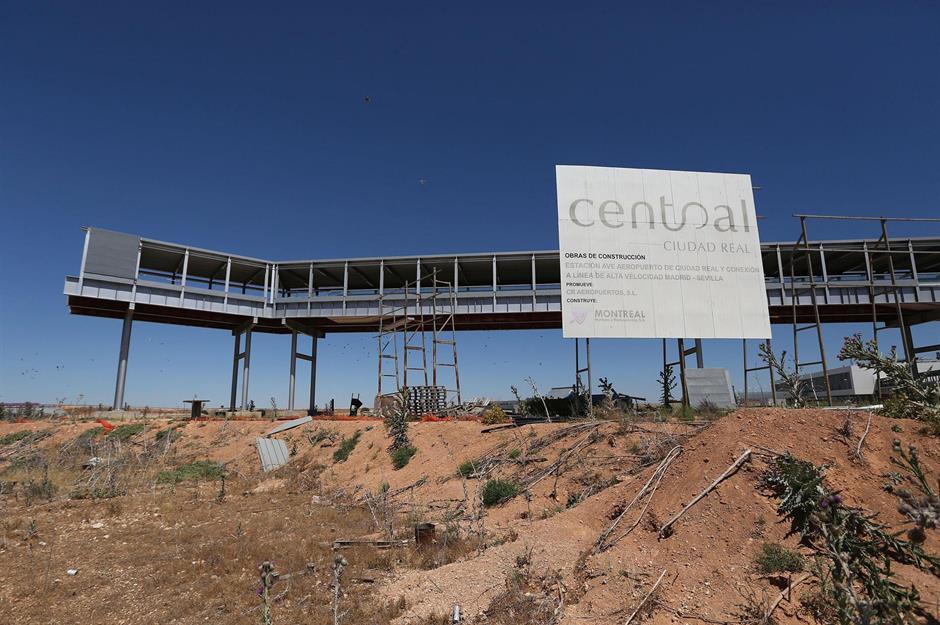
Ciudad Real Central Airport, Spain
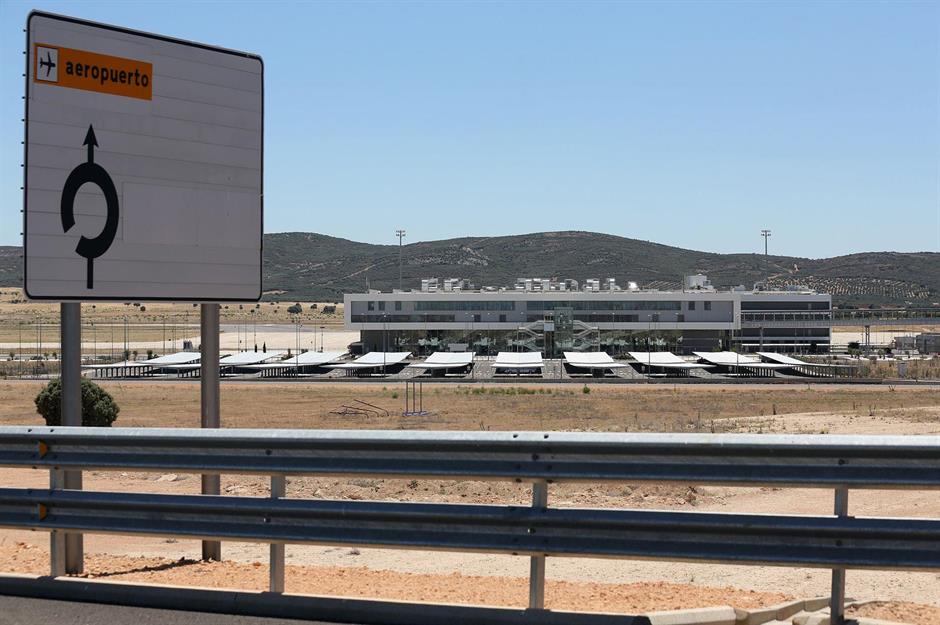
The white elephant, which was planned to handle up to 10 million passengers a year, opened in 2008 but attracted only three low-cost airlines and just several thousand travelers in the first 12 months. In 2012, the airport's owner went bust and all operations ceased. The site was eventually sold in 2015 to a Chinese-led consortium of investors for a measly $12,100. Three years later it was sold on for $68.1 million to Ciudad Real International Airport SL and in 2019 even received its first flight, although it had no passengers. After a failed rebranding as Madrid Airport South, it has been suggested that the "ghost airport" may be used for flight training and tech support, but for now it remains abandoned.
Compostela City of Culture, Spain

Compostela City of Culture, Spain
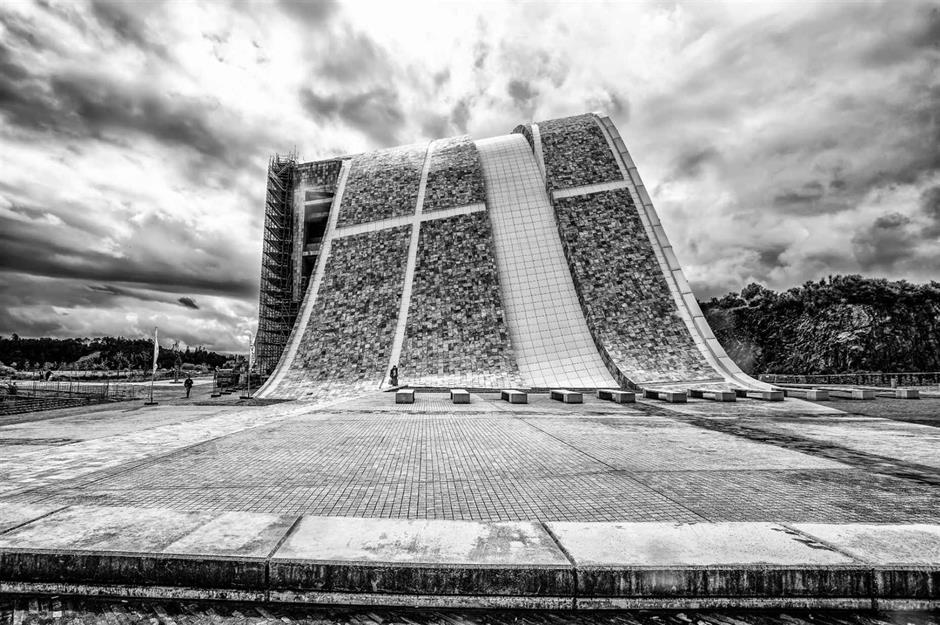
Galicia's flagship cultural project now comprises four large empty buildings and two big holes in the ground. In 2013, Spanish newspaper El País estimated that the complex would set Spanish taxpayers back at least another €170 million ($206m), making it simply unaffordable in a time of austerity. With the upkeep and millions more dollars hemorrhaged on unpopular exhibitions, the Galician government decided to end work and so the project remains incomplete.
NHS National Programme for IT, UK
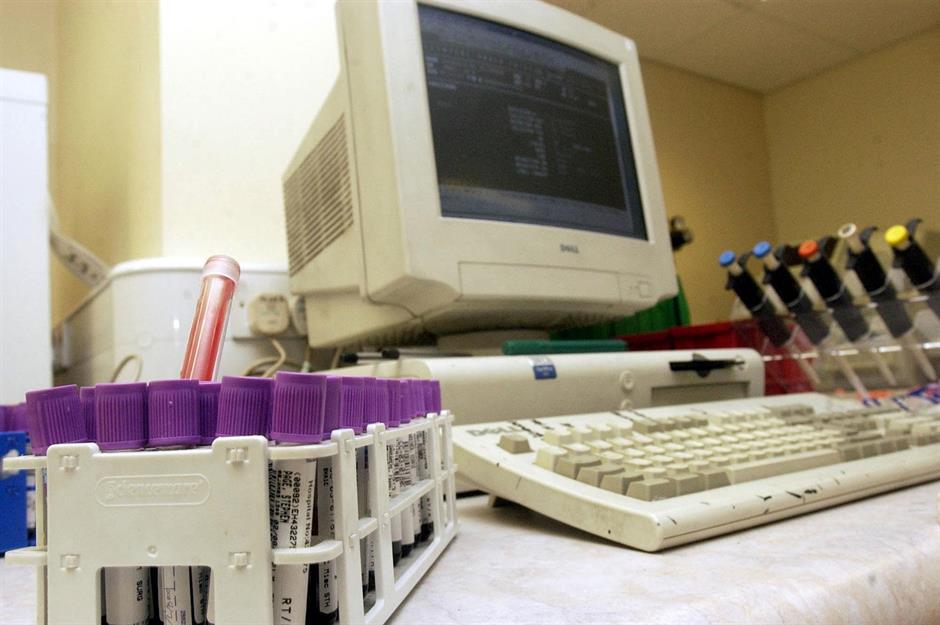
NHS National Programme for IT, UK

San Francisco-Oakland Bay Bridge eastern span replacement, US

San Francisco-Oakland Bay Bridge eastern span replacement, US
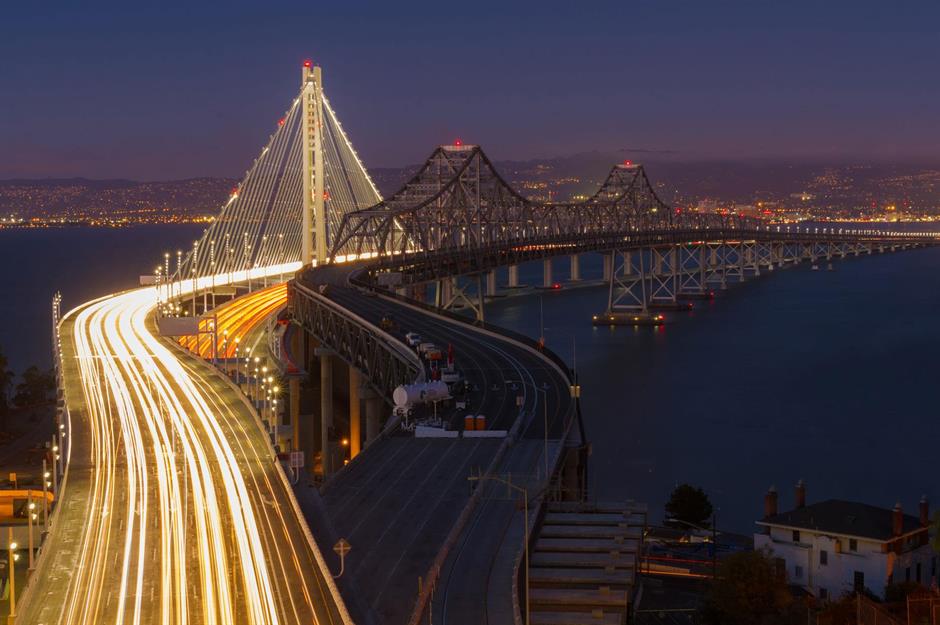
The World, Dubai
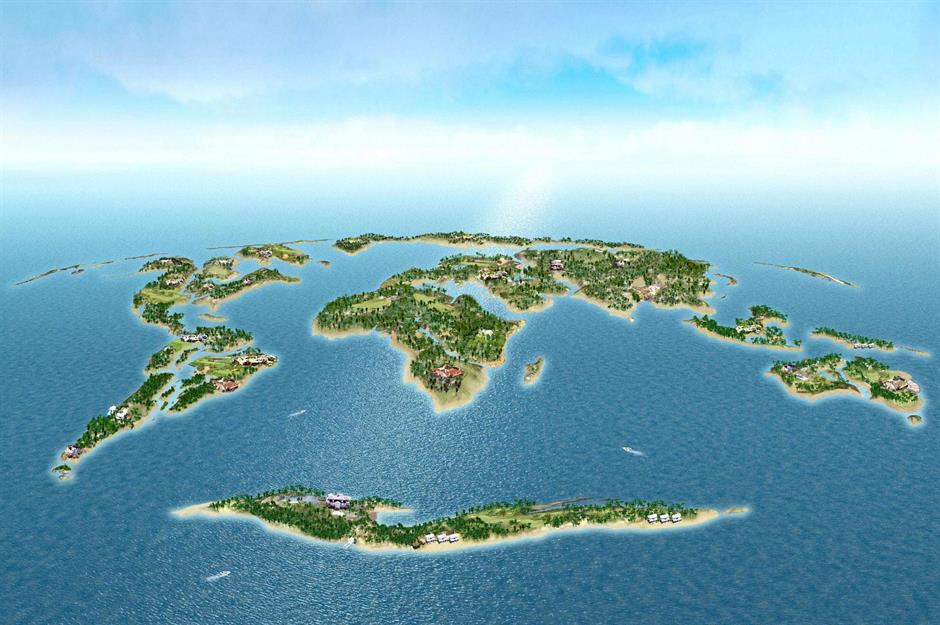
Dubbed “Dubai's ultimate folly” by Guardian journalist Oliver Wainwright, The World was unveiled to much fanfare in May 2003. Work began that same year on the ambitious archipelago of 300 artificial islands off the coast of the Emirate, but came grinding to a halt in 2008, due to the global financial crisis and collapse of the Dubai property market. Investors found themselves seriously out of pocket.
The World, Dubai
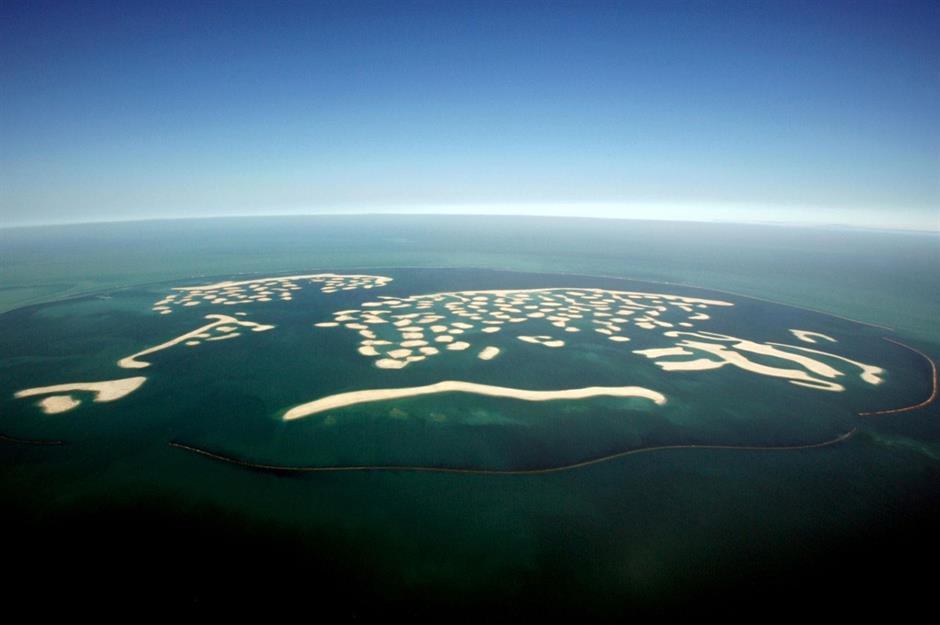
The owner of Great Britain Island was jailed for fraud, while Ireland's proprietor took his own life. In 2009, reports suggested several islands were sinking into the sea. Lebanon was the only developed island until construction began in 2019 on the $5 billion Heart of Europe, a six-island development that was expected to open by the end of 2020. Although work on the project has continued throughout the COVID-19 outbreak, there has been no confirmation of the islands' opening and welcoming visitors just yet. The majority of islands remain untouched and doubts persist over whether the entire megaproject will ever be completed.
Oculus World Trade Center transit hub, US
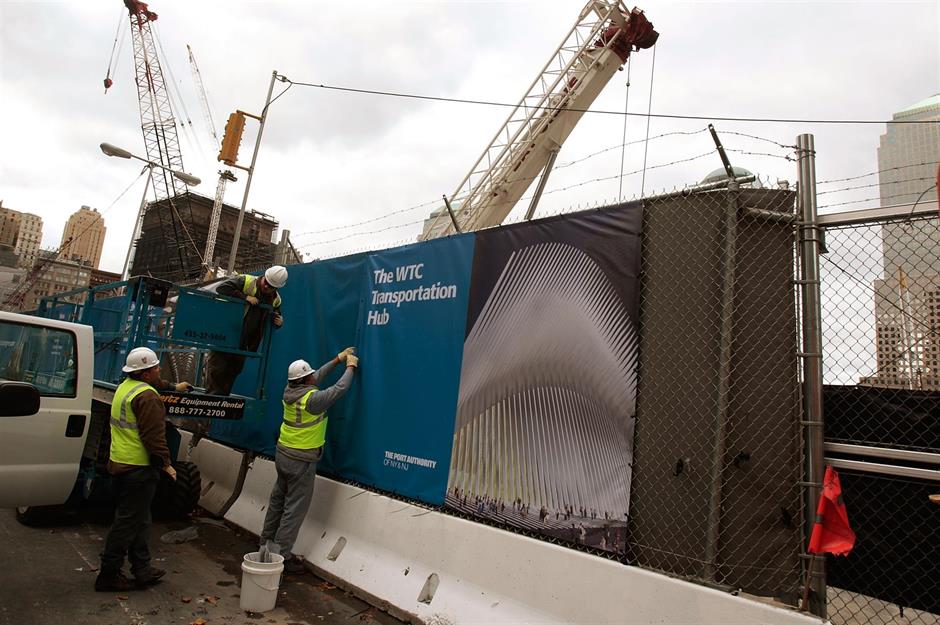
Oculus World Trade Center transit hub, US
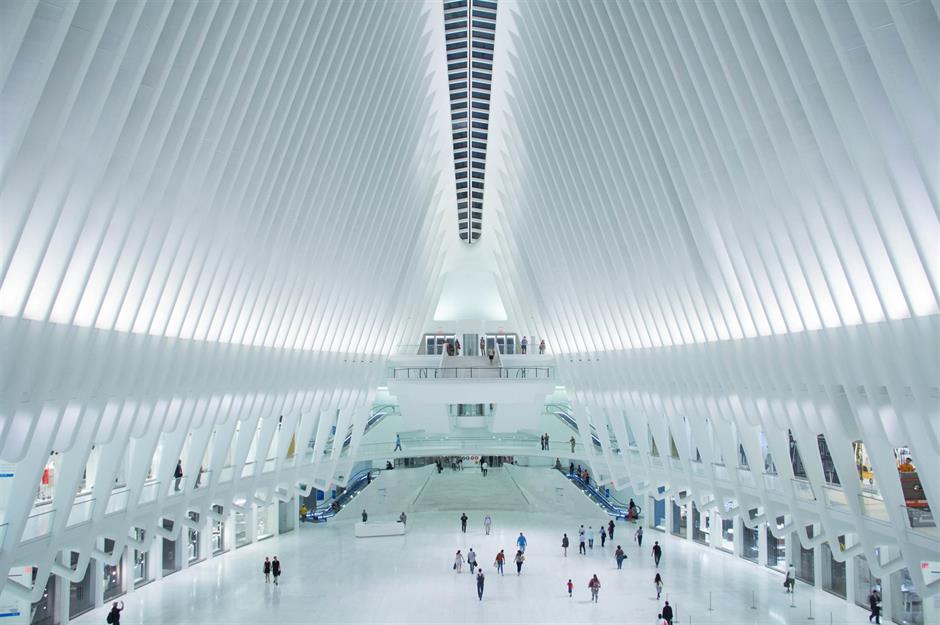
It was opened to the public in 2016, seven years behind schedule. Not only that, it came at a total cost of $4 billion, double the original estimate. Former New York Governor George Pataki had insisted on keeping the No. 1 subway line open during construction, which had added $355 million to the costs, plus the Port Authority in charge of the project had rejected around half a million dollars in potential savings. The expenses didn’t stop with the project’s completion either, and in 2019 more than $250,000 was spent on repairing the Center’s leaky skylight.
American Dream Meadowlands Mall, US
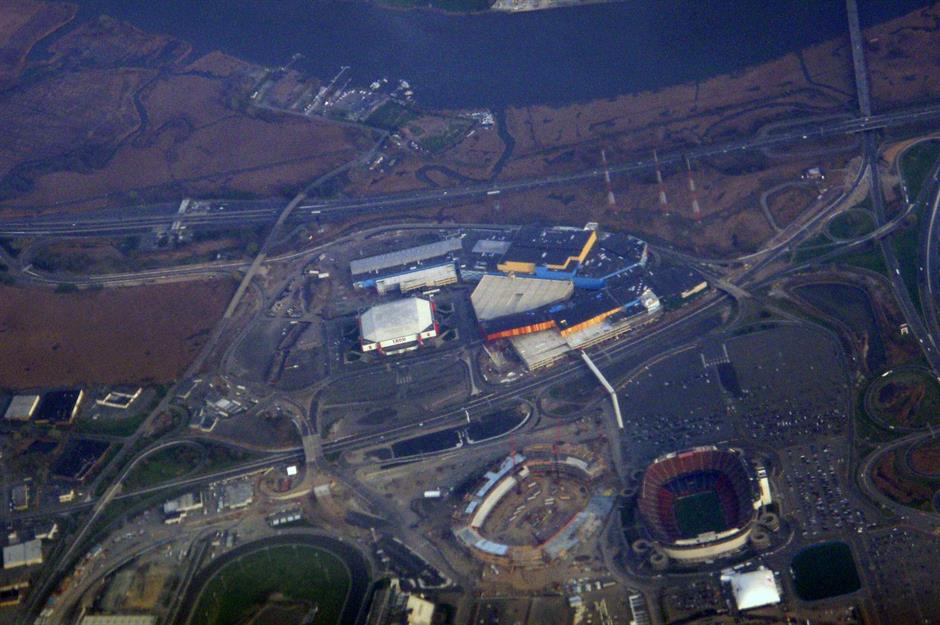
First proposed back in 2002, the American Dream Meadowlands Mall in New Jersey (formerly known as the Xanadu project) quickly turned into an American nightmare. Beset by everything from investor bankruptcies and legal challenges to ballooning costs and construction delays, the sprawling retail and entertainment complex was initially slated to cost $1.2 billion and open in 2007. The cost is now expected to come in at $5 billion.
American Dream Meadowlands Mall, US
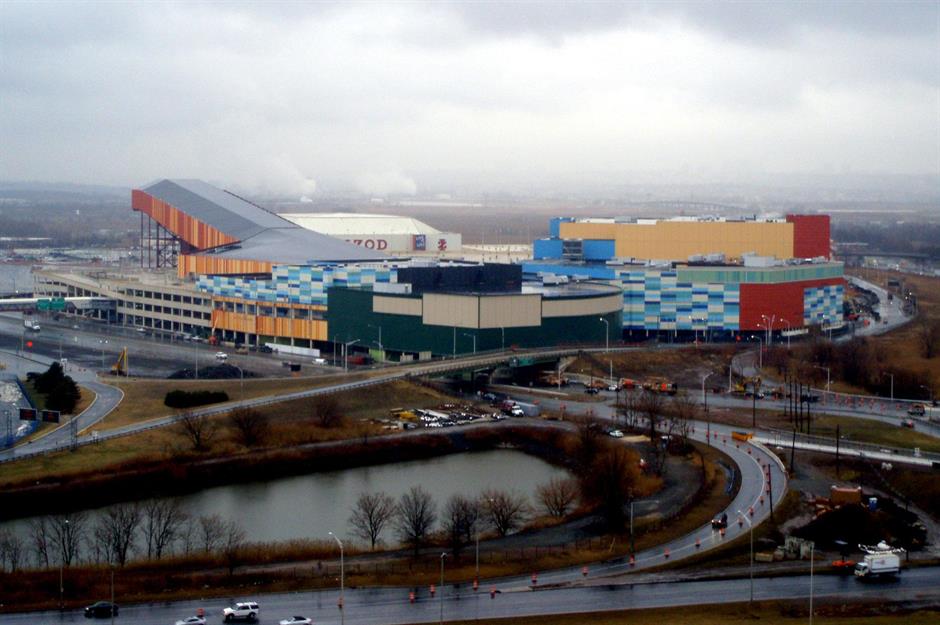
Construction of the East Rutherford mall began in March 2005 but the opening date was pushed back and the mall's parent company ended up going bust in 2007. A slew of badly executed hand-offs, bankruptcies, litigation and countless other issues, including the partial collapse of the roof, have further delayed the megaproject, which finally started to open its doors in October 2019. More than 16 years after construction began and currently trying to operate in the midst of a pandemic, the mall has yet to fully open and much of the project is still a work in progress.
Expeditionary Combat Support System, US
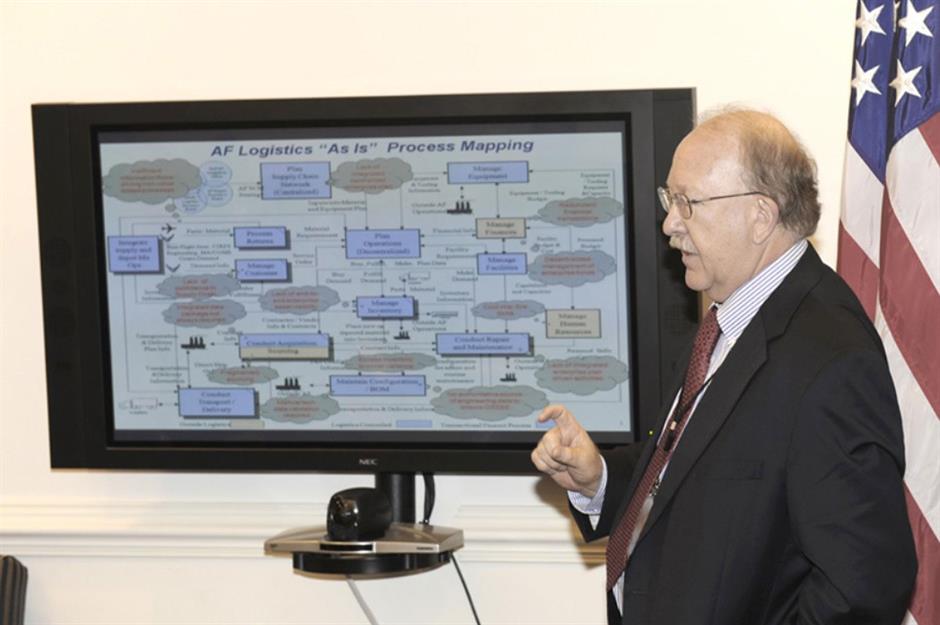
Expeditionary Combat Support System, US
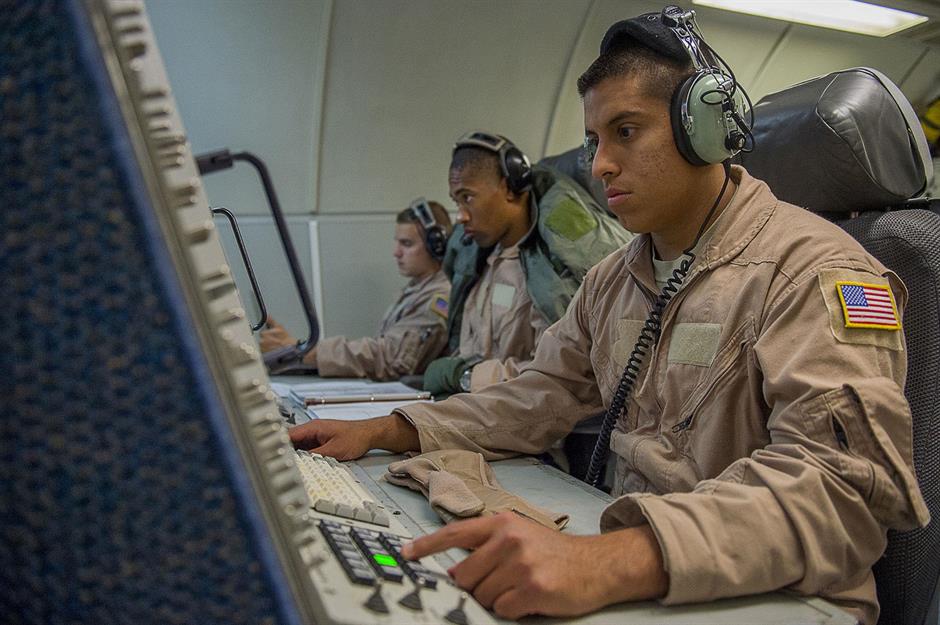
Berlin Brandenburg Airport, Germany
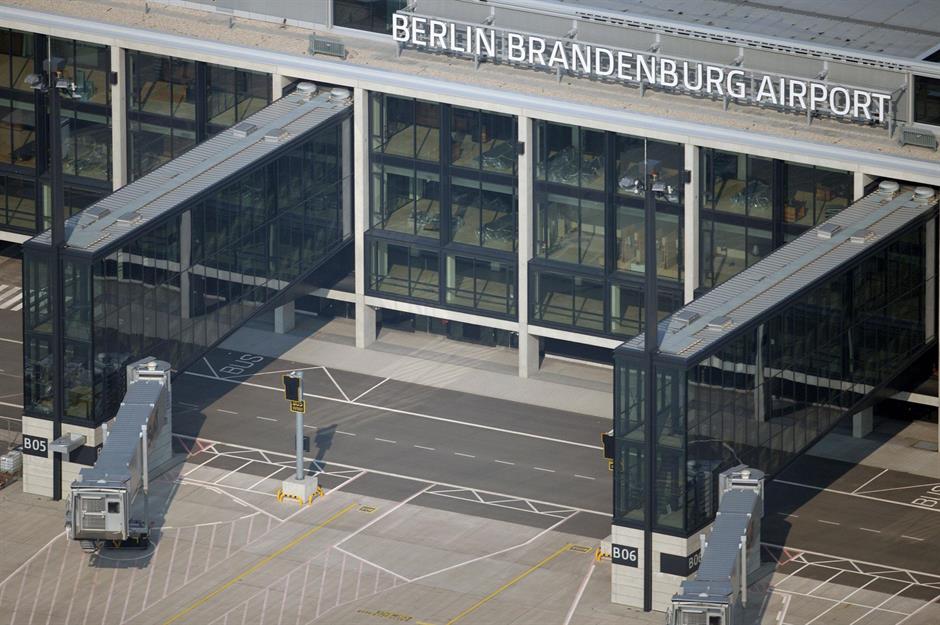
Berlin Brandenburg Airport, Germany
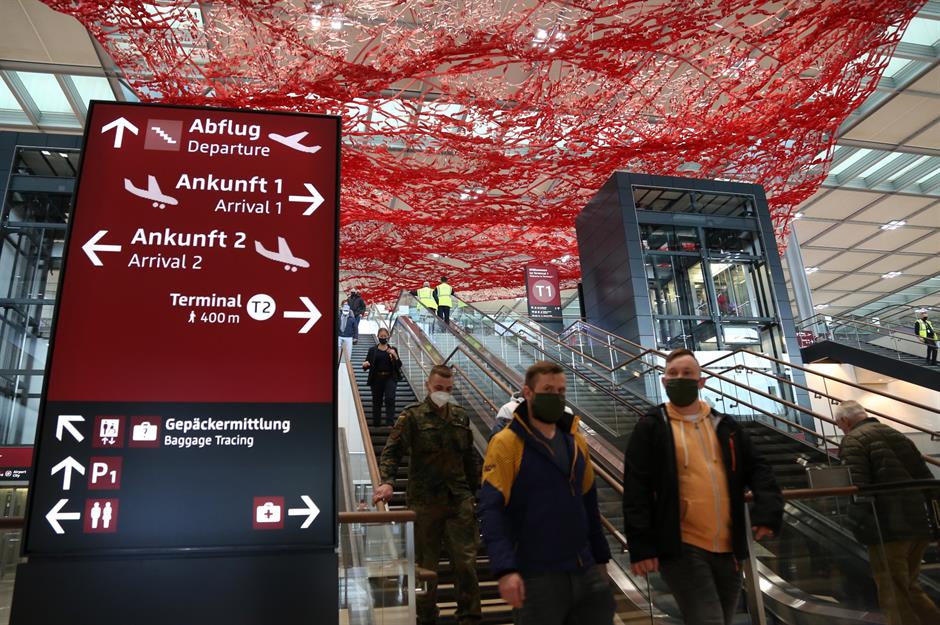
In summer 2010 the opening date was pushed back to June 2012. An embarrassing catalog of errors, from incorrectly-sized escalators to a shortage of check-in desks, further delayed the project and skyrocketed the budget to more than $8.2 billion. Incredibly, as the demand for air travel collapsed in the wake of the coronavirus pandemic, the airport has finally been finished and opened to passengers in November 2020. However, Terminal 2 will not open until later this year due to travel restrictions and decimated passenger numbers grounding hundreds of flights.
Flamanville Nuclear Power Plan Unit 3, France
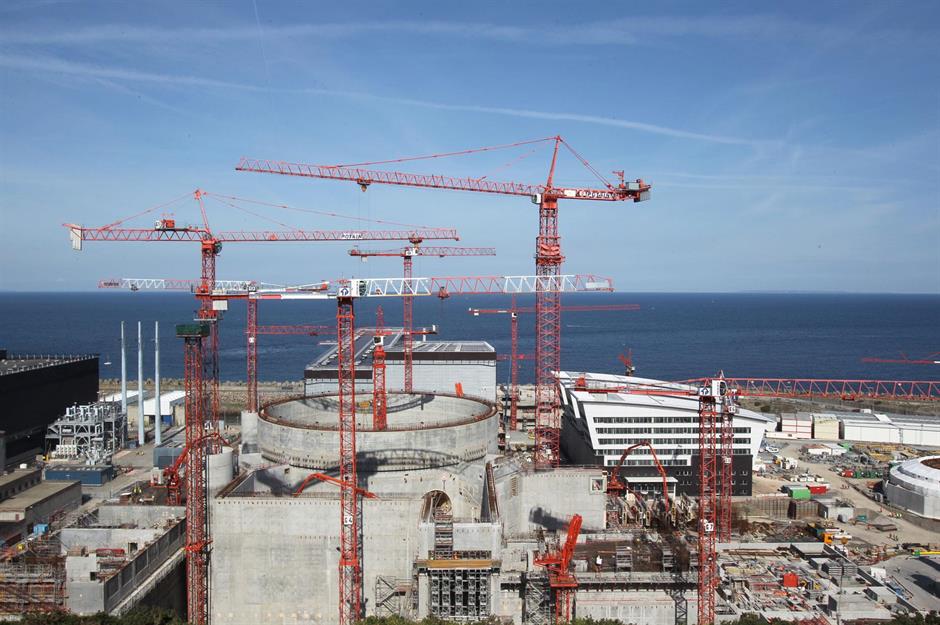
Flamanville Nuclear Power Plan Unit 3, France
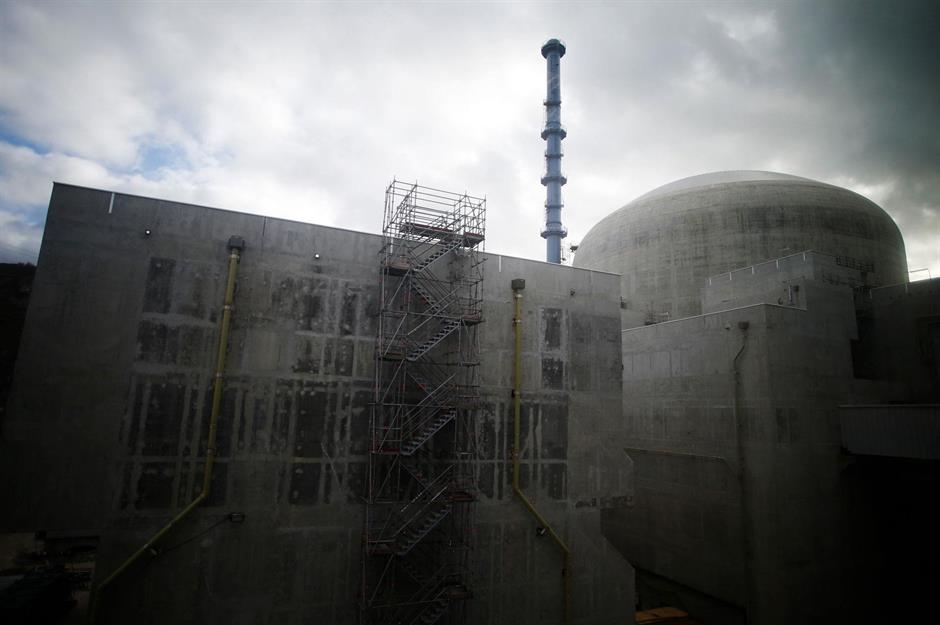
Sochi Olympic Stadium, Russia

Why did the Sochi Olympics cost 325% more than budgeted, setting Russian taxpayers back $51 billion? In a word: corruption. This was the most expensive – and controversial – Olympics in history due to corruption being endemic in the Russian construction industry. Two members of the opposition party, Leonid Martynyuk and Boris Nemtsov, claimed in a 2013 report that up to $30 billion of the budget had gone missing in "kickbacks and embezzlement" to President Putin's close associates.
Sochi Olympic Stadium, Russia
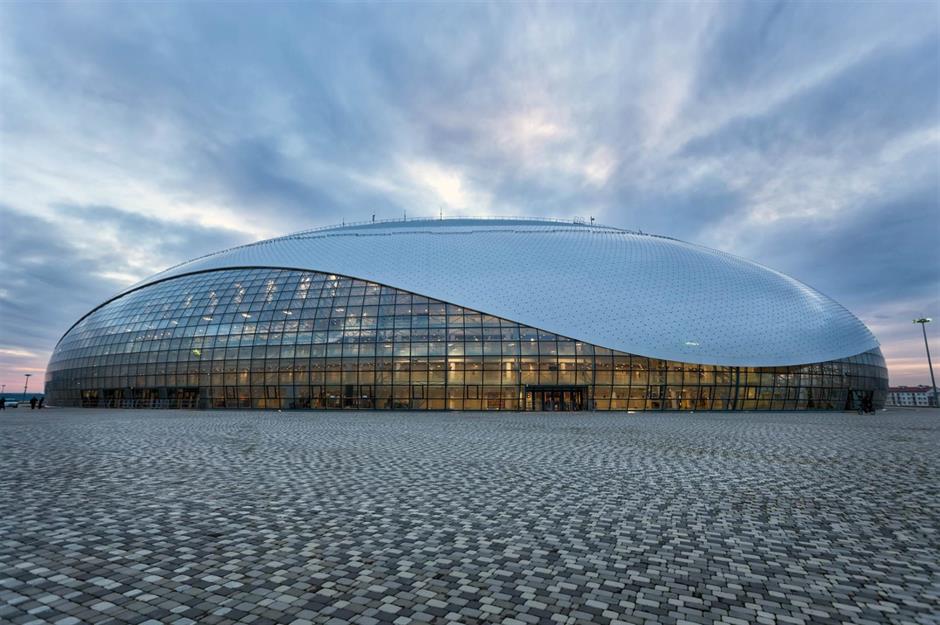
Crossrail, UK
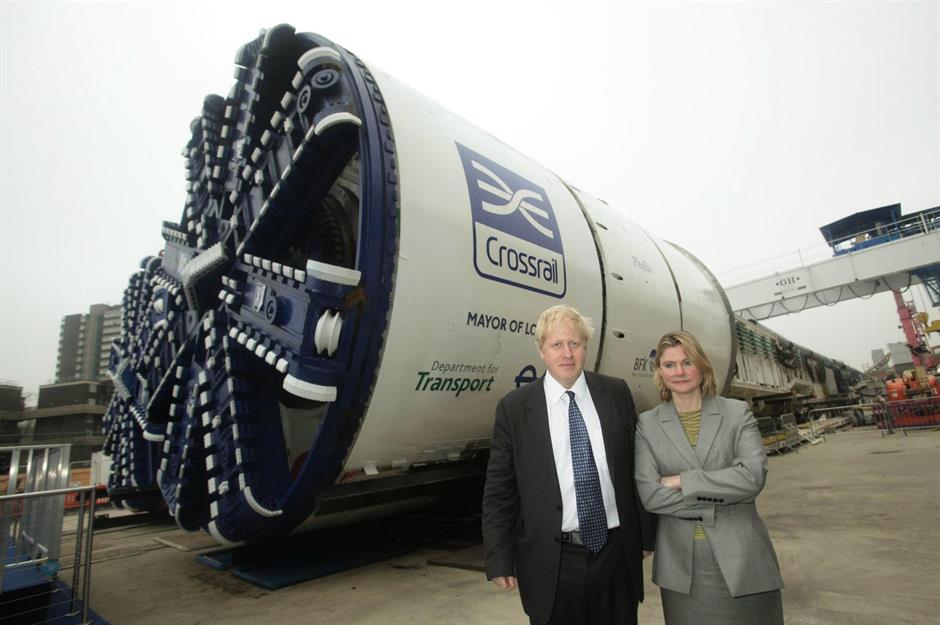
When the UK capital's Crossrail project launched with the catchphrase "on time and on budget" it was setting itself up for trouble, particularly as its budget was already a contentious issue for the nation’s government. This ongoing megaproject is now running almost $5.5 billion overbudget, with a staggering final bill estimated to be up to $25.6 billion. The 60-mile rail line is designed to connect Reading and Heathrow in the west, and Shenfield and Abbey Wood in the east, to central London.
Crossrail, UK
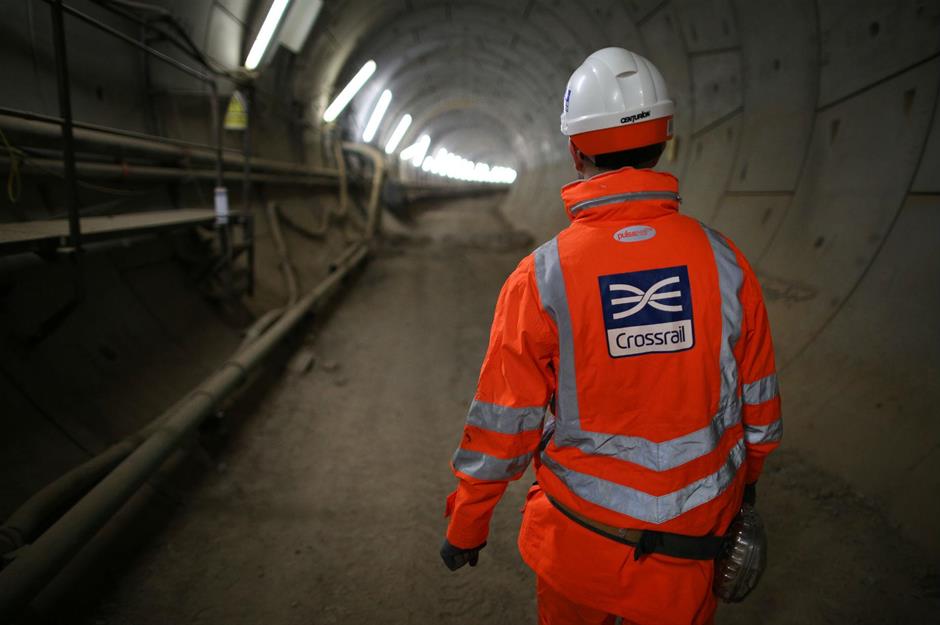
A phrase that many UK rail passengers may be familiar with, the project has been delayed due to signaling issues. The dynamic testing, which is required to check if signals work, has taken longer than expected, plus the new stations along the route are all incomplete. As with many of the world’s megaprojects, work on Crossrail was temporarily suspended because of the COVID-19 outbreak. It was originally scheduled to open in December 2018 but, after multiple push-backs, the central section is now set to be up and running by 2022.
World Cup stadiums, Brazil
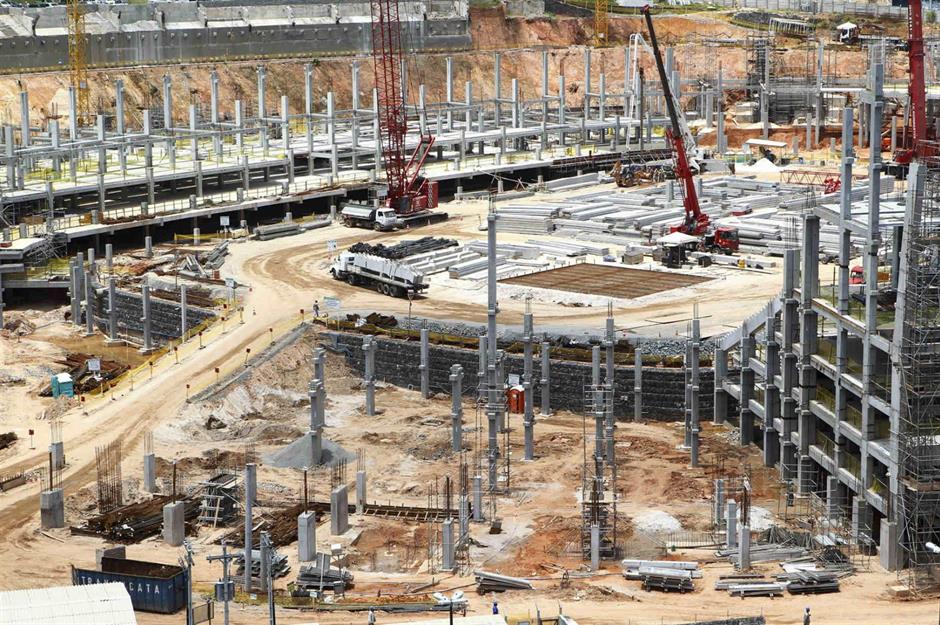
Three years before the opening game of the 2014 soccer World Cup in Brazil, the new São Paulo stadium set to host the match hadn't left the drawing board. Fast-forward to 1 June 2014, 11 days before the World Cup's opening match was due to kick off, and the Arena Corinthians was reportedly only able to be filled to three-quarters of its capacity for the final test match, with two temporary seating areas unfinished.
World Cup stadiums, Brazil
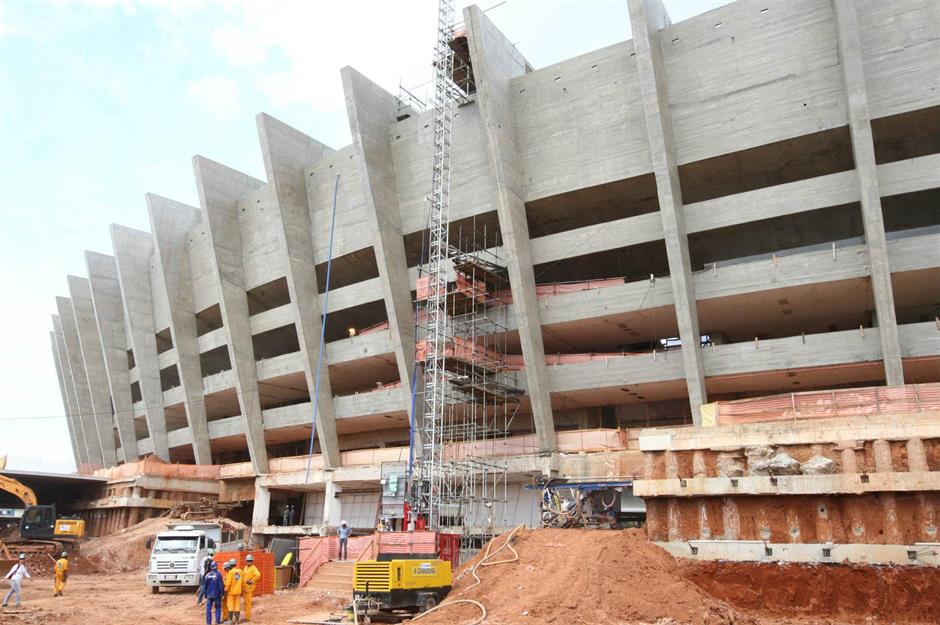
Brazil spent $15 billion on the 2014 World Cup in total, including $3 billion on new and refurbished stadiums, which was three times the budget. Up to 90% of the money for the stadiums came from the public purse, despite former president Lula da Silva’s promise that all stadiums would be privately financed. Droves of angry people took to the streets in Brazil’s major cities protesting that the billions used to fund the event would have been better spent on the country’s depleted healthcare and education systems. While the stadiums were finished on time, only six of the 35 promised public transportation projects were completed to schedule.
Keystone XL pipeline, US and Canada
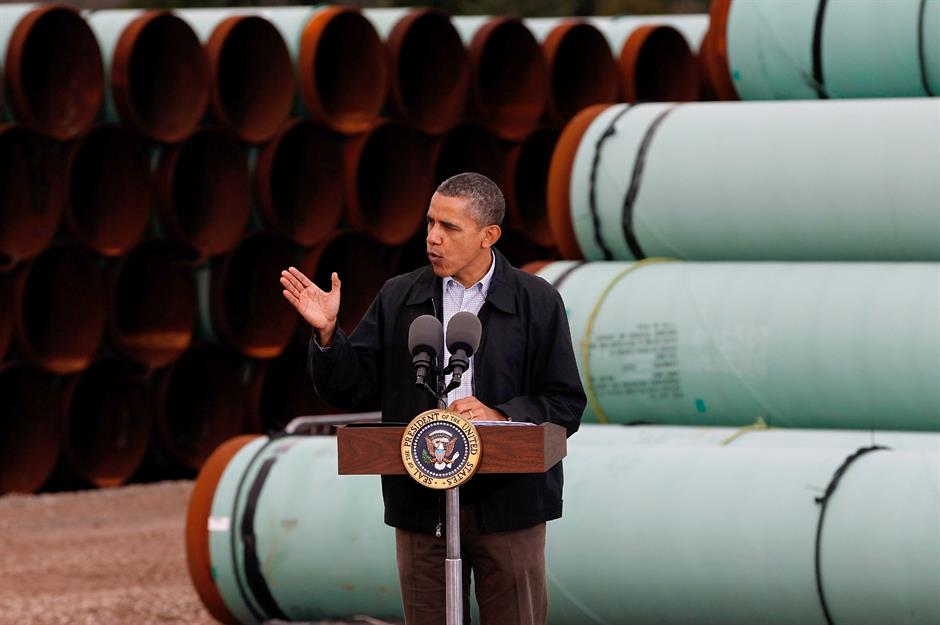
The Keystone Pipeline System has transported oil from Alberta, Canada to Illinois and Texas in the US since 2010, but a proposed expansion, Keystone XL, has been a sticky subject for the two countries. In 2015 the fourth phase of the pipeline, which would run from Alberta to Nebraska, was vetoed by President Obama based on its environmental impact, but the project was then granted the go-ahead by his successor Donald Trump in 2019. Protests against the expansion continued and it wasn't long before it ran aground yet again…
Keystone XL pipeline, US and Canada
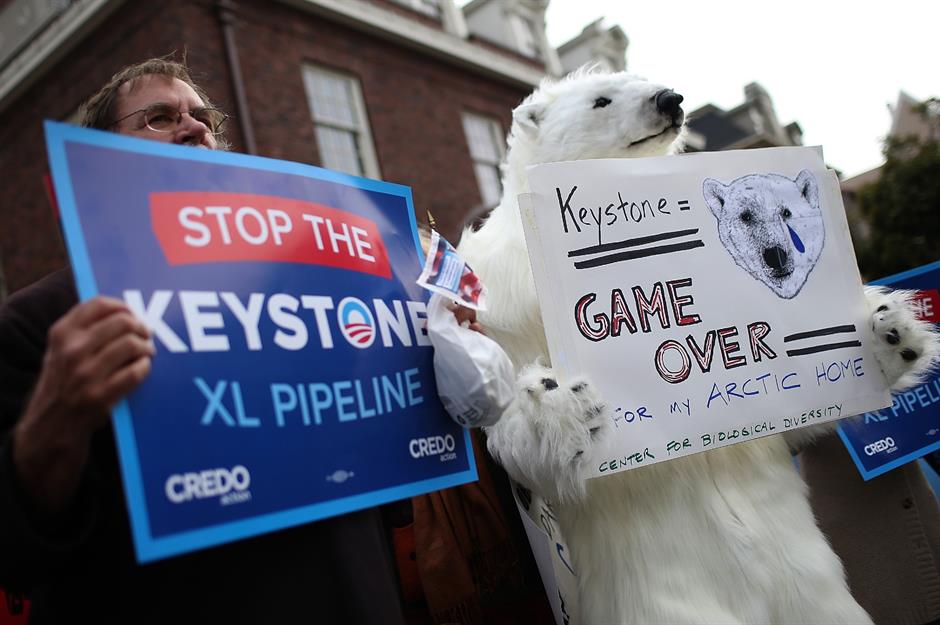
Hunters Point Naval Shipyard, US
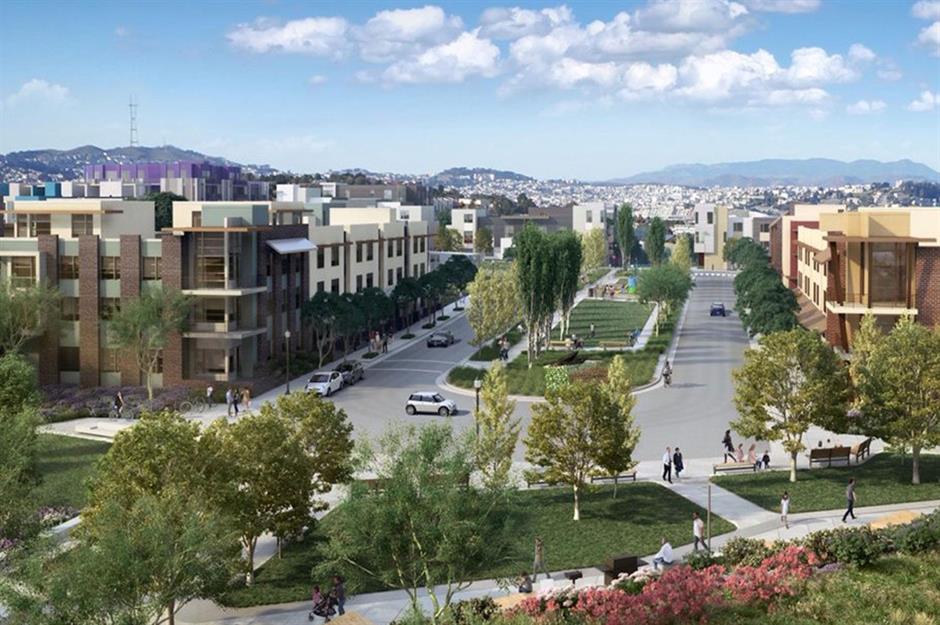
Hunters Point Naval Shipyard, US
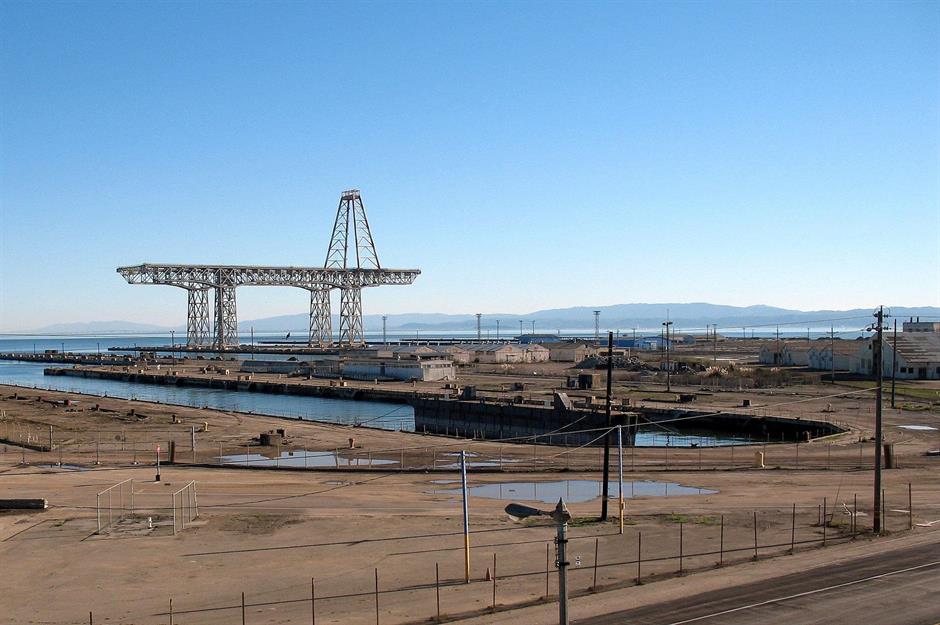
Construction started in 2013 and several hundred condos were completed and sold before it was discovered that the site, which was used from the 1940s to the 1960s as a covert nuclear testing facility by the US military, showed dangerous levels of contamination. In 2018, the company in charge of the clean-up was alleged to have faked the soil tests that deemed the site toxin-free and documents from the US Environmental Protection Agency later showed that up to 97% of the samples were unreliable or falsified. On 1 January 2021, there were renewed calls for excavation of the site to stop, following a string of dust complaints as radioactive emissions continue to affect communities bordering the area.
Virgil C. Summer Nuclear Generating Station Units 2 and 3, US
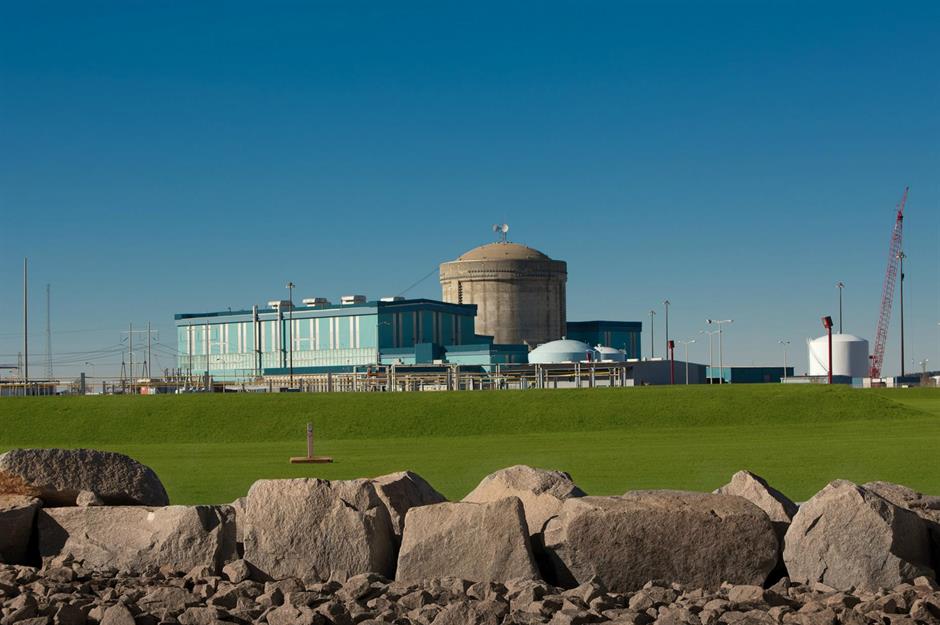
Virgil C. Summer Nuclear Generating Station Units 2 and 3, US
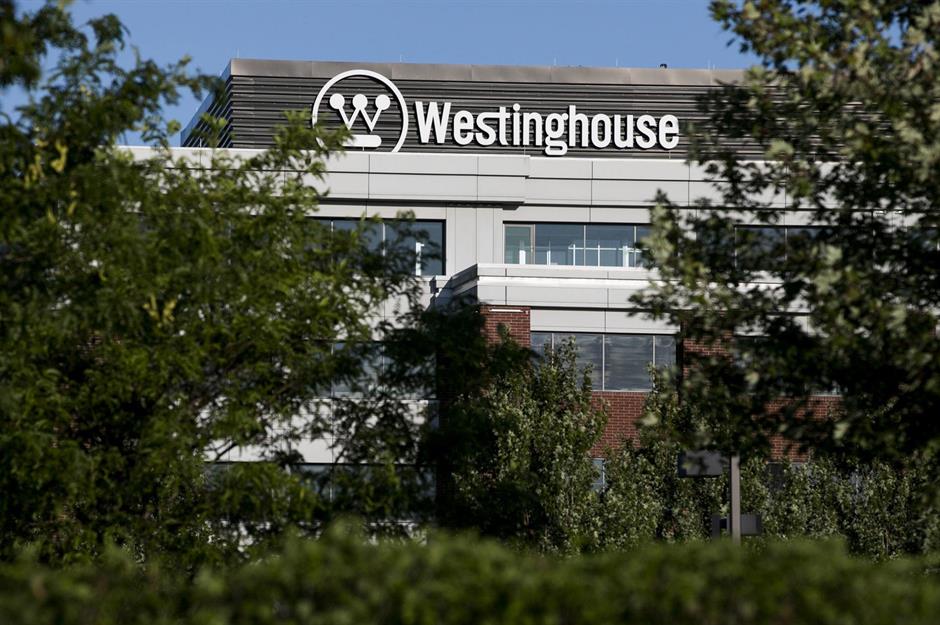
Alaskan Way Viaduct replacement tunnel, US
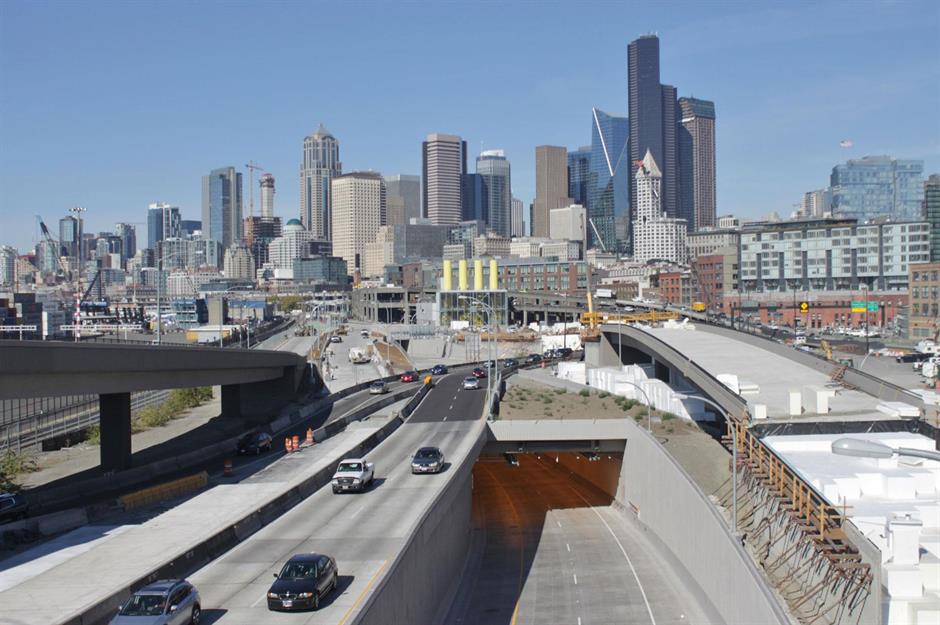
Alaskan Way Viaduct replacement tunnel, US
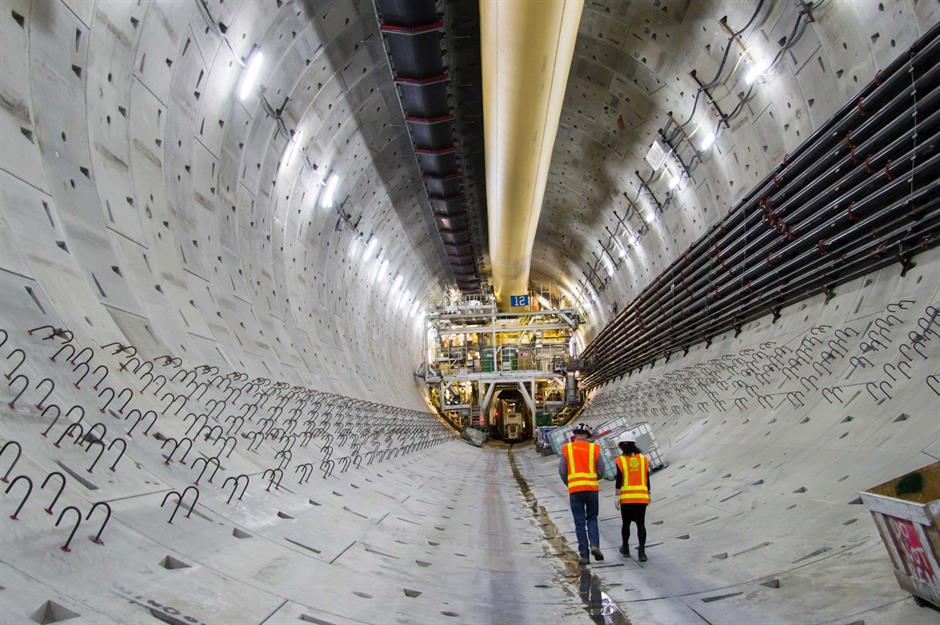
Big Bertha was eventually fixed in December 2015 and boring resumed, but a sinkhole that appeared on the site in January 2016 delayed the megaproject further. The tunnel finally opened to traffic in February 2019, three years and two months behind schedule and $600 million overbudget. Ten months later the Washington State Department of Transportation won a $57.2 million jury award after it sued Seattle Tunnel Partners for the cost of repairing Big Bertha and other damages that delayed the project.
Muskrat Falls/Lower Churchill Project, Canada
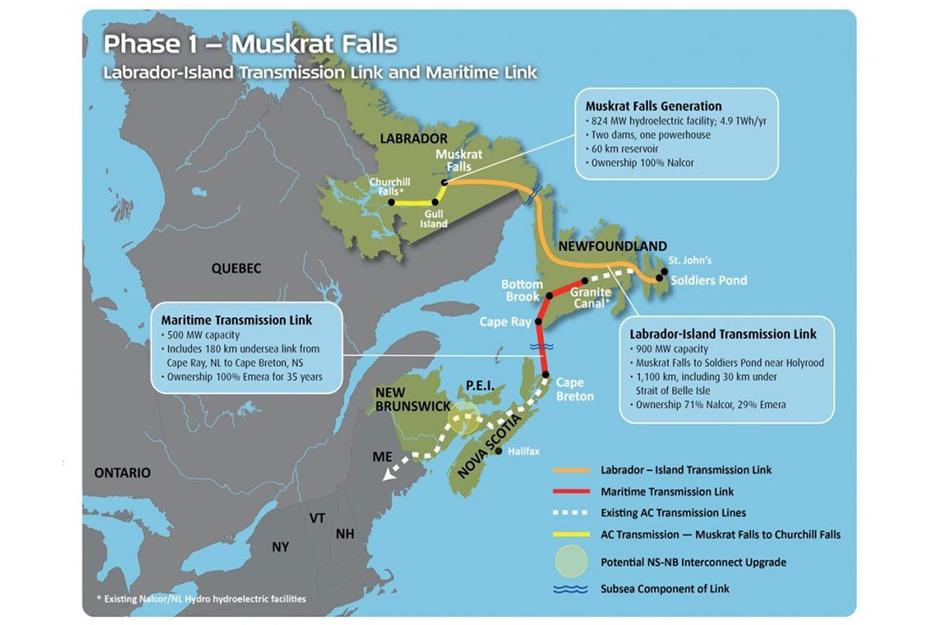
Canada's most controversial megaproject, this enormous hydroelectricity venture in Labrador and Newfoundland has been nothing but trouble since construction began in 2013. Billed as an affordable and environmentally-friendly way to meet the energy needs of the two provinces, the megaproject is delayed and has blown the budget by quite a margin. Poor planning and botched engineering, among other issues, have pushed the scheme to CA$13.1 billion ($10.2bn) – more than twice its original budget – and the discussion as to who is footing the bill is ongoing.
Muskrat Falls/Lower Churchill Project, Canada
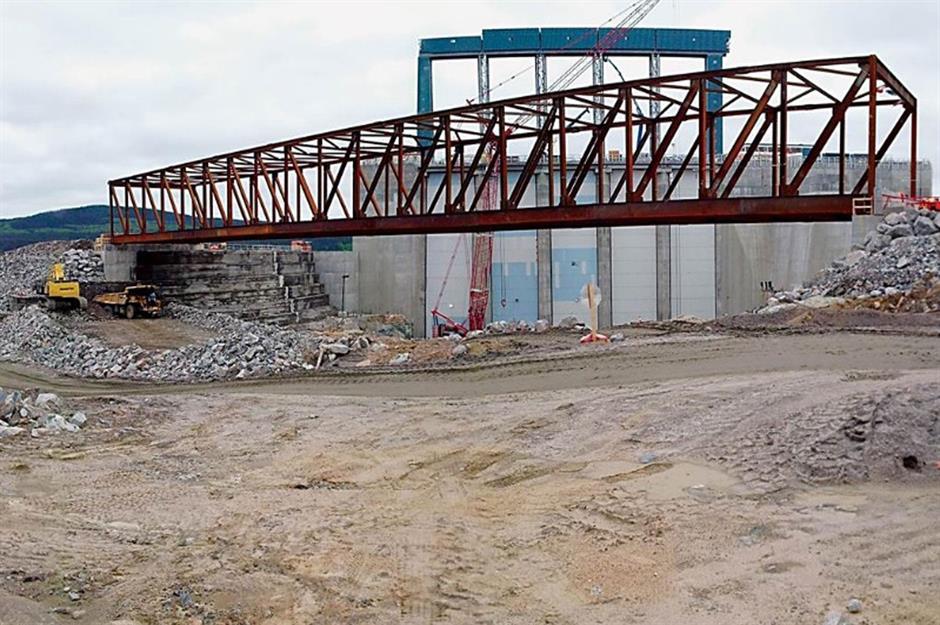
Initially set for completion in 2017, the megaproject is already four years behind schedule. Parts are up and running, for example Nova Scotia Power customers have been paying for clean electricity from the project since 2018, but they only actually received power in December 2020. The supposedly green venture has also been blamed for flooding the area downstream of the Lower Churchill River and contaminating the watercourse with toxic methylmercury. The project is expected to be completed in the summer of 2021, but the coronavirus pandemic may delay the schedule even further.
Nord Stream 2, Russia and Germany
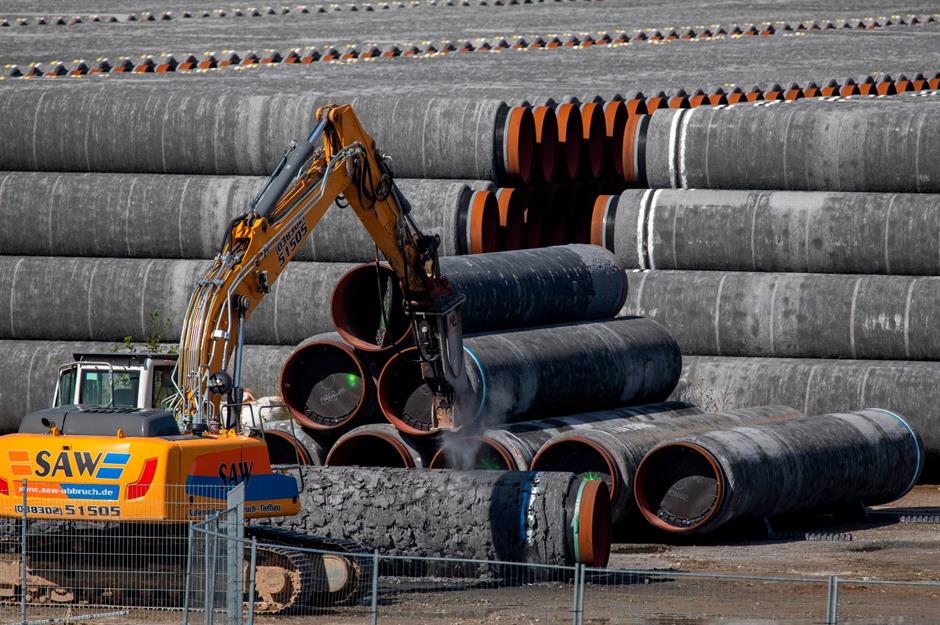
The Nord Stream pipelines currently transport natural gas between western Russia and Germany, and they span approximately 761 miles through the Baltic Sea. The two pipelines went into service in 2011 and 2012, and Nord Stream is looking to double its transport powers by adding an additional two pipelines, known as Nord Stream 2. While some see the move as a sustainable way to ensure European energy security, others have been sceptical of the project in light of tensions between Russia and its Western neighbors.
Nord Stream 2, Russia and Germany
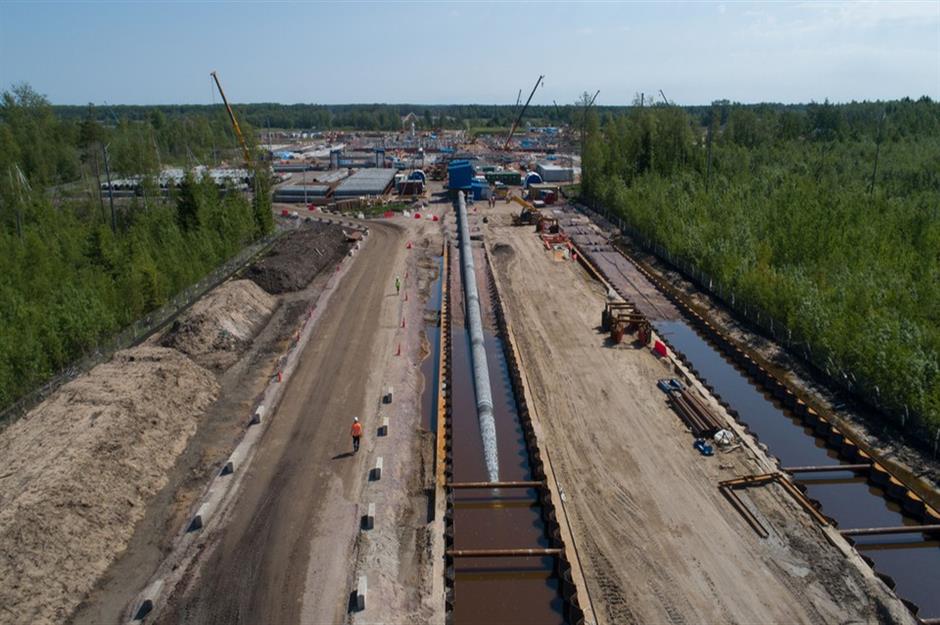
Construction of Nord Stream 2 continues under a cloud of controversy, including a number of fines that have been issued to its leading company Gazprom by Polish watchdog UOKiK. The government agency slapped the company with a fine worth $7.6 billion in October for not securing Warsaw’s approval for the project, as well as dishing out hefty penalties to the five companies who are jointly financing the other half of the project. Gazprom has appealed the fine. The bulk of the first additional pipeline is set to be completed by June, but as members of the European Parliament have recently called for the entire project to be scrapped following Russia’s detention of Kremlin critic Alexei Navalny – to no avail – Nord Stream 2 will likely be controversial right up until its completion.
HS2 railway line, UK

Europe's most expensive megaproject, the UK's High Speed 2 network connecting London to Leeds will be built in two phases. The first phase linking London to Birmingham (pictured) is scheduled for completion by 2028-2031, while the second phase connecting the capital city to Manchester and Leeds isn’t scheduled to be ready until 2035-2040. The cost of the new network has gone up and up, with the most recent announcement suggesting that an additional $1 billion would be needed to pay for asbestos removal and adding a new hub to London Euston station.
HS2 railway line, UK

It isn’t just the ballooning costs that make this railway line controversial, but also its possible impact on the English countryside. The Wildlife Trusts charity said that the infrastructure set to span England would make a “deep cut” across the landscape that could “stop nature’s recovery in its tracks”. The team behind HS2 has admitted the project will leave destruction in its wake, as almost 900 properties, 1,000 businesses and around 60 ancient woodlands will be destroyed during construction. The most recent protest action against the project saw nine activists dig their way into one of the tunnels close to London Euston station and occupy the space – eviction teams are still in the process of removing the protestors from the complex tunnel network.
Resolution Copper mine, US
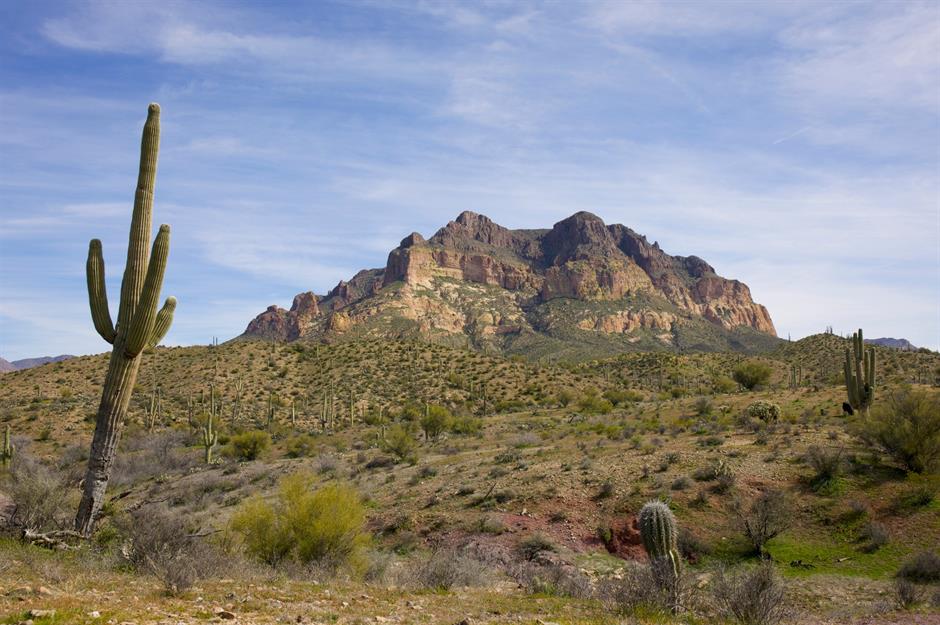
Two of the world’s biggest mining groups, Rio Tinto and BHP, teamed up in 2001 to develop what would be North America’s largest copper mine. Planned for a site 60 miles east of Phoenix, Arizona, the deposit below the land is ample enough that it could provide a quarter of America’s demand for the metal but getting approval for the megaproject has been no easy ride. The site for the Resolution Copper mine is on sacred ground known as Oak Flat and is occupied by Apache Native Americans, who have strongly objected to the development based on the land's cultural and religious importance.
Resolution Copper mine, US
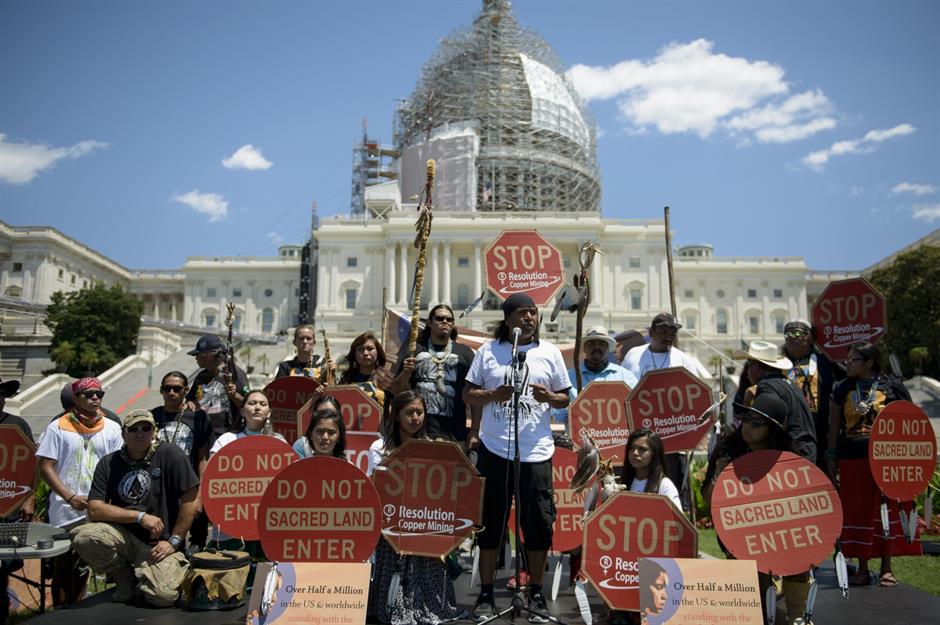
In 2014, President Obama signed a controversial bill that allowed BHP and Rio Tinto to exchange land it owned nearby for the land above the copper reserve. The bill came with the caveat that an environmental impact statement would be needed before the swap could go ahead, and this was published by the Trump administration in the former president’s final week in office. The battle is far from over though, as the local San Carlos Apache tribe, along with environmental groups, has said that it may pursue legal action to prevent the transfer of land. The tribe owned the land before the United States was founded and has lived on it for centuries, which caused disputes as to the land ownership. So far Rio and BHP have spent more than $2 billion on the project, but there may be a long way to go before any copper will be mined from the area.
The Line, Saudi Arabia
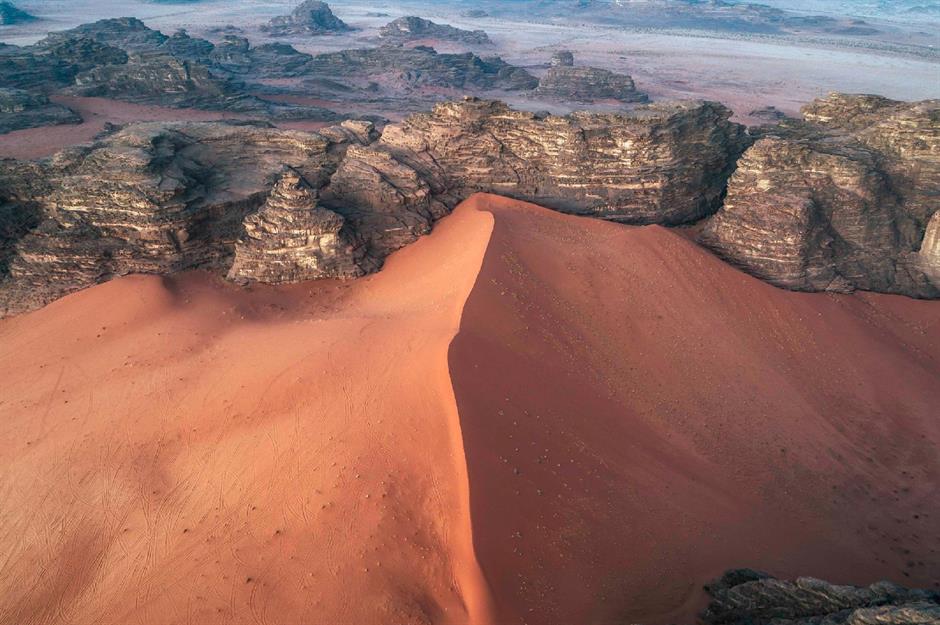
Prince Mohammed Bin Salman of Saudi Arabia recently unveiled plans for The Line, a 100 mile-long zero-carbon linear city that will make up part of the kingdom’s new $500 billion business zone. Called NEOM, which stands for “new future”, it's set to span a region across northwest Saudi Arabia, Jordan, and Egypt, and will run entirely on renewable energy when it is complete in 2030. The Line will be a car-free, walkable area, where inhabitants live within five minutes of all essential facilities. A crowning jewel in the “living laboratory” environment that developers are hoping to curate, The Line is one of several cities, ports and enterprise zones that the country hopes will house one million people on its completion.
The Line, Saudi Arabia
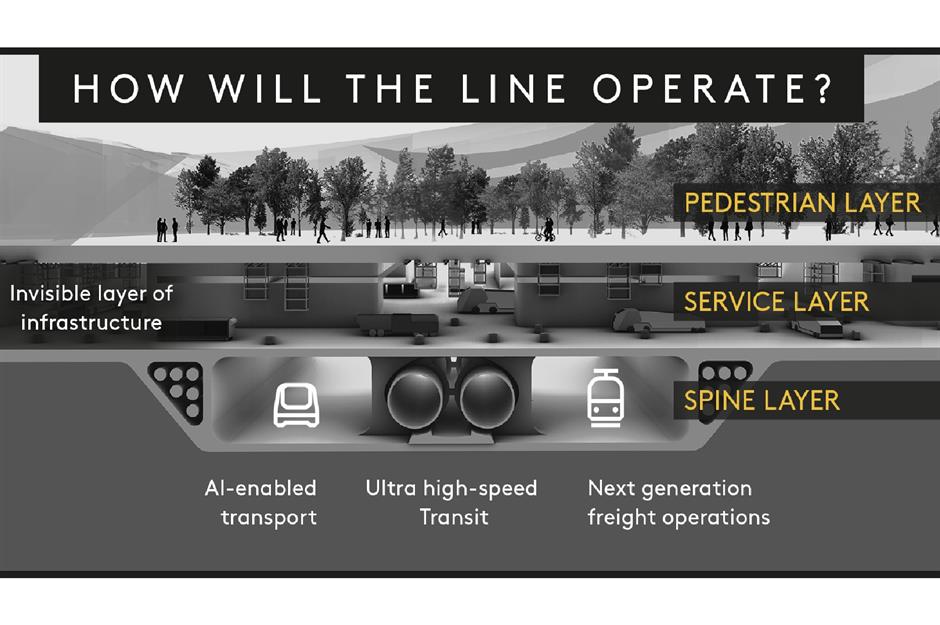
The blueprint for The Line has been three years in the making and is set to cost between $100 billion and $200 billion. This seemingly idyllic project hasn’t been without its controversies, however. The al-Huwaitat tribe has lived on the proposed building plot for centuries, but some 20,000 members now face eviction to make room for the megaproject. There have also been reports of abduction, imprisonment and harassment of tribe members who have refused to facilitate the project.
Fehmarnbelt Fixed Link tunnel, Germany and Denmark
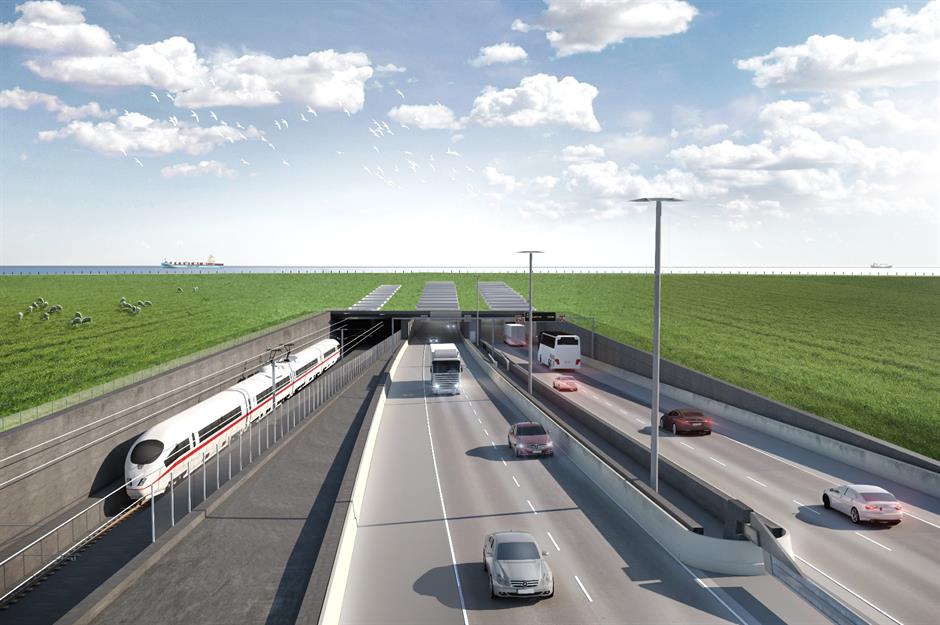
The Fehmarnbelt Fixed Link tunnel is poised to be the longest immersed tunnel in the world and will stretch 11.1 miles between the German island of Fehmarn and the Danish island of Lolland. There is currently a 45-minute ferry service that covers the route, but the tunnel will slash travel times to seven minutes by train and 10 minutes by car. Developers also hope that the tunnel will reduce air travel between the two landmasses. Similar projects to the Fehmarnbelt tunnel, such as the UK-France Channel Tunnel, have been built using a boring machine, but this underwater underpass will be put together using pre-built sections of tunnel.
Fehmarnbelt Fixed Link tunnel, Germany and Denmark
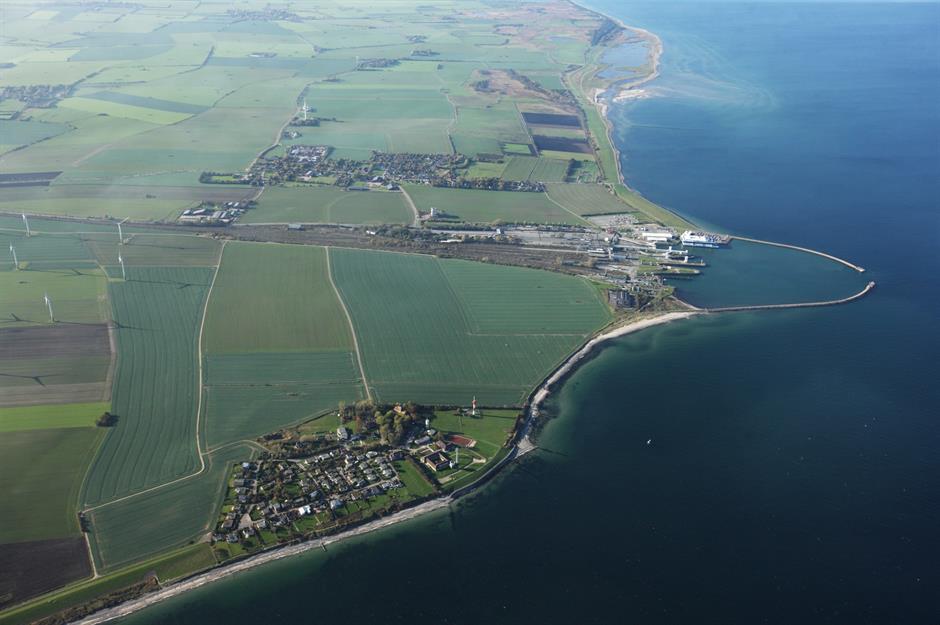
Not everyone is impressed by the project though, and the tunnel has been subject to 10 separate lawsuits from: environmental associations concerned about noise pollution and risk to the reefs that lie in the vicinity of the build; the city of Fehmarn itself; other travel companies that serve the route such as Scandlines and Rødby ferry line; as well as three other municipalities and a farmer. All these legal challenges have been dismissed however, and contrstruction is set to be complete in 2029.
Comments
Be the first to comment
Do you want to comment on this article? You need to be signed in for this feature